Image of 1972 Pontiac Grand Prix, Note: These illustrations use artistic license and may differ from actual historical models.
Performance Metrics
Fundamental Metrics
Emotional Appeal
MMP Rating
| Engine Specifications | |
|---|---|
| Engine: | 400 cu in (6.6 L) V8, 455 cu in (7.5 L) V8 |
| Displacement: | 400-455 cu in |
| Horsepower: | 250-300 hp |
| Torque: | 375-415 lb-ft |
| Compression Ratio: | 8.2:1 for 400 cu in V8, 8.4:1 for 455 cu in V8 |
| Ignition System: | Conventional breaker-point ignition system |
| Cooling System: | Liquid-cooled |
| Performance Specifications | |
| 0-60 Time: | 8.0 seconds |
| 1/4 Mile Time: | 16 seconds |
| Top Speed: | 120 mph |
| Transmission and Drive | |
| Drive Type: | Rear-wheel drive |
| Transmission Type: | 3-speed automatic, 4-speed manual |
| Fuel and Efficiency | |
| Fuel System Type: | Carburetor |
| MPG: | 10-12 mpg |
| Dimensions and Brakes | |
| Brakes: | Front disc brakes, rear drum brakes |
| Wheelbase: | 118.0 inches |
| Weight: | 3,900 lbs |
Note: Specifications for classic cars are given to the best of our ability, considering the limited and variant data available.
1972 Pontiac Grand Prix: A Blend of Luxury and Muscle
The 1972 Pontiac Grand Prix was not just a car; it was a statement. Born from the innovative minds at Pontiac, a division of General Motors, this vehicle emerged as a fusion of luxury and performance. At a time when the automotive world was evolving rapidly, the Grand Prix stood out as a testament to American engineering and design prowess. One unique fact that car enthusiasts may find fascinating is that the '72 model marked the final year for the second-generation Grand Prix before it underwent significant downsizing in response to fuel economy concerns.
Design and Innovation
With its long hood and short deck, the 1972 Grand Prix boasted an exterior that exuded elegance and power. The distinctive protruding grille, adorned with the iconic Pontiac emblem, was flanked by dual headlamps, giving it an aggressive yet sophisticated front fascia. Inside, drivers were treated to a cockpit-style dashboard with wood grain accents and plush seating that made every journey feel first-class. High-quality materials were standard, ensuring comfort and durability. Technologically advanced for its time, options included air conditioning and an AM/FM stereo with tape player.
Color options ranged from subtle to bold, with popular choices including Starlight Black, Cardinal Red, and Sundance Orange. The most iconic body style was arguably the SJ trim level, which offered additional luxury features and a more powerful engine option. This model's combination of style and substance made it a favorite among enthusiasts.
Historical Significance
The 1972 Grand Prix's impact on automotive design was significant. It helped solidify the personal luxury coupe segment in the American market, blending muscle car elements with upscale amenities. This model set itself apart with its unique styling cues and performance capabilities, influencing future designs across various manufacturers.
Performance and Handling
Under the hood lay a range of potent V8 engines, with the top-tier SJ model equipped with a 455 cubic inch powerhouse capable of propelling the Grand Prix from 0-60 mph in under 8 seconds—a remarkable feat for its size. The handling was surprisingly nimble for such a grand tourer, absorbing bumps gracefully while maintaining composure on winding roads. Behind the wheel, drivers enjoyed a symphony of engine roars that complemented the smooth ride.
Ownership Experience
The 1972 Pontiac Grand Prix found its place as both a daily driver for those who appreciated its luxury touches and as a show car for collectors celebrating its muscle heritage. Maintenance was typical for vehicles of its era, with parts being relatively easy to source for restoration or repair. As with any classic car, reliability can be contingent on proper upkeep.
Fun Facts
This classic has seen its share of limelight with rare editions like the Hurst SSJ models enhancing its collectibility. While not known for breaking speed records, it broke molds in style and comfort. Despite critiques over fuel consumption—a common issue among muscle cars—the Grand Prix maintained popularity among enthusiasts.
Collector's Information
The current value range for a well-maintained 1972 Pontiac Grand Prix can vary widely based on condition, mileage, originality, and options but generally falls between $15,000 to $45,000 or more for pristine examples. With production numbers estimated in the tens of thousands across all trims for that year, they are relatively rare but still accessible to serious collectors. Over time, values have shown appreciation due to their growing status as desirable classics.
Conclusion
The 1972 Pontiac Grand Prix stands as an emblematic piece of automotive history—a blend of luxury and muscle that captured hearts then and continues to captivate today. Its enduring legacy is evident in every rev of its mighty V8 engine and every mile driven in unparalleled comfort.
1972 Pontiac Grand Prix Catalog of Parts
 1972 Pontiac Grand Prix Shock Absorber Grommet. 1" bottom O.D., 3/4" high-BN 1Shock Absorber Grommet. 1" bottom O.D., 3/4" high., with 7/16" I.D. Each
1972 Pontiac Grand Prix Shock Absorber Grommet. 1" bottom O.D., 3/4" high-BN 1Shock Absorber Grommet. 1" bottom O.D., 3/4" high., with 7/16" I.D. Each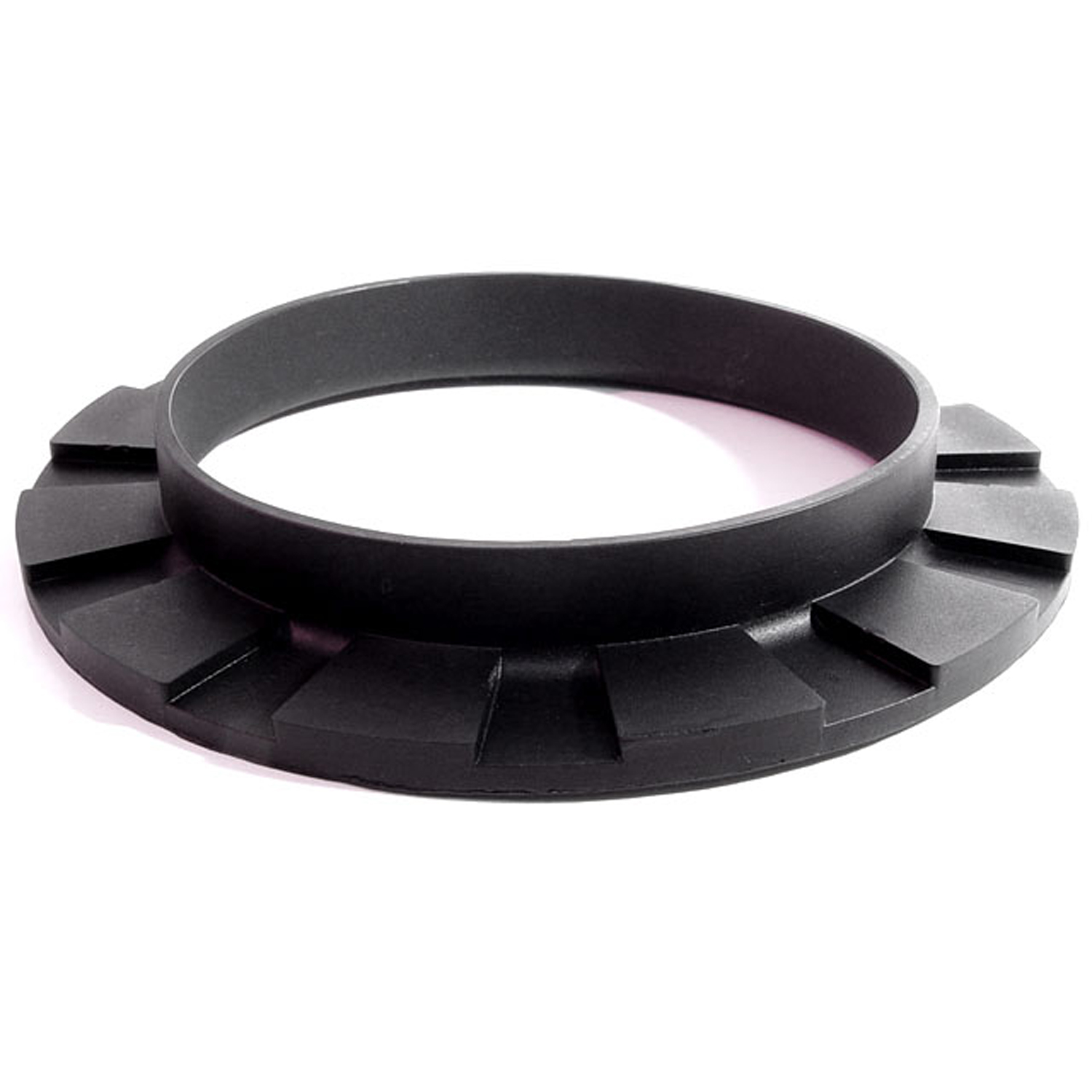 1972 Pontiac Grand Prix Front coil-spring insulator-BN 110Front coil-spring insulator. Fits '41-'60 Oldsmobile and '50-'83 GM passenger models. 5-3/8 in. OD x 3-3/4 in. ID x 3/4 in. high with 13/16 in. wide bottom flange 1/4" thick, 12 flutes. Each.
1972 Pontiac Grand Prix Front coil-spring insulator-BN 110Front coil-spring insulator. Fits '41-'60 Oldsmobile and '50-'83 GM passenger models. 5-3/8 in. OD x 3-3/4 in. ID x 3/4 in. high with 13/16 in. wide bottom flange 1/4" thick, 12 flutes. Each.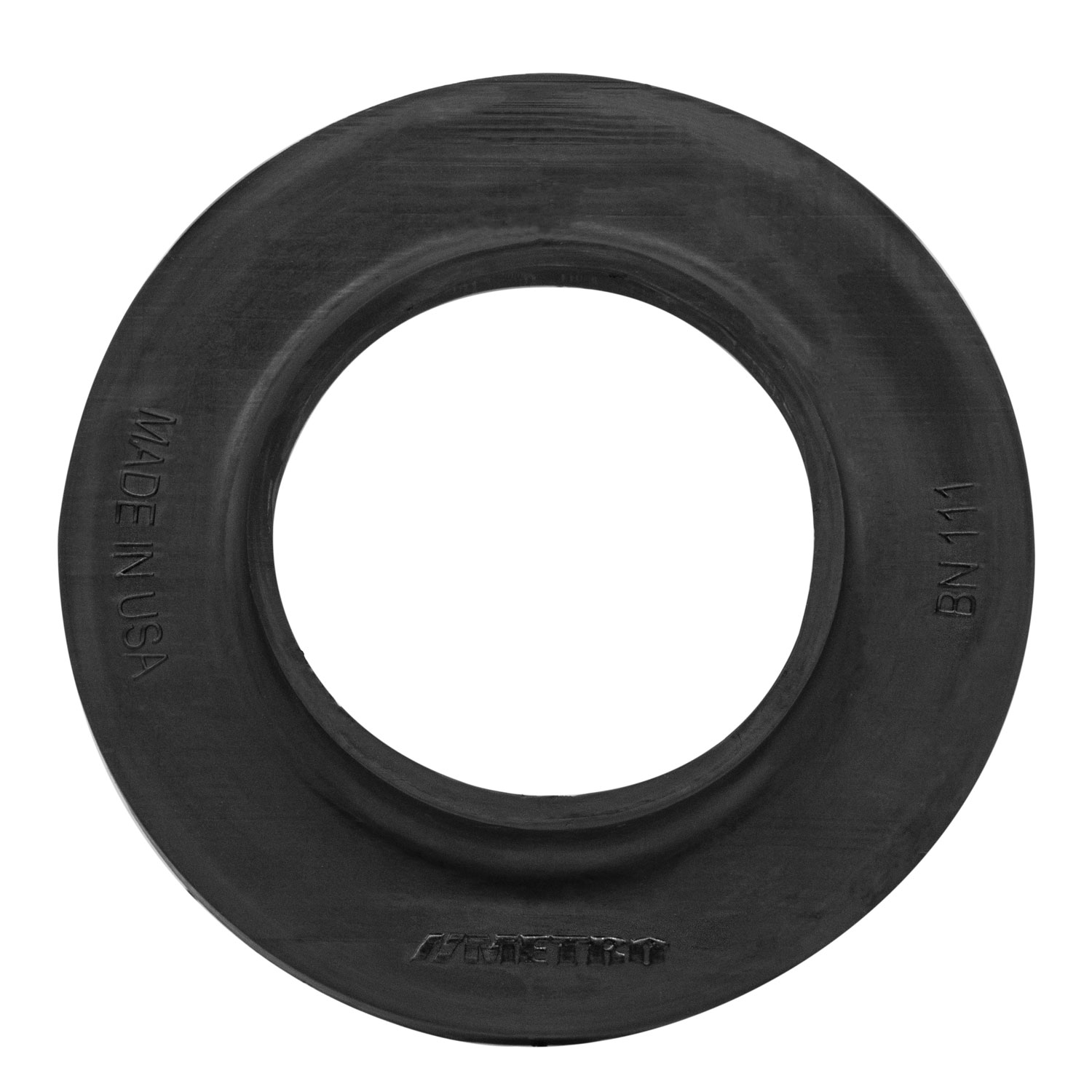 1972 Pontiac Grand Prix Rear coil-spring insulator 1961-72 GM A-Body-BN 111Coil spring insulators are a great way to prevent metal-on-metal contact and noise. Manufactured to OEM specifications for a precise fit, these coil spring insulators are made of rubber and are used between the coil spring and the frame of your ride. 3-3/4 in. OD, 2-1/8 in. ID, 5/8 in. high with 3/16 in. , wide bottom flange 1/4 in. thick.
1972 Pontiac Grand Prix Rear coil-spring insulator 1961-72 GM A-Body-BN 111Coil spring insulators are a great way to prevent metal-on-metal contact and noise. Manufactured to OEM specifications for a precise fit, these coil spring insulators are made of rubber and are used between the coil spring and the frame of your ride. 3-3/4 in. OD, 2-1/8 in. ID, 5/8 in. high with 3/16 in. , wide bottom flange 1/4 in. thick.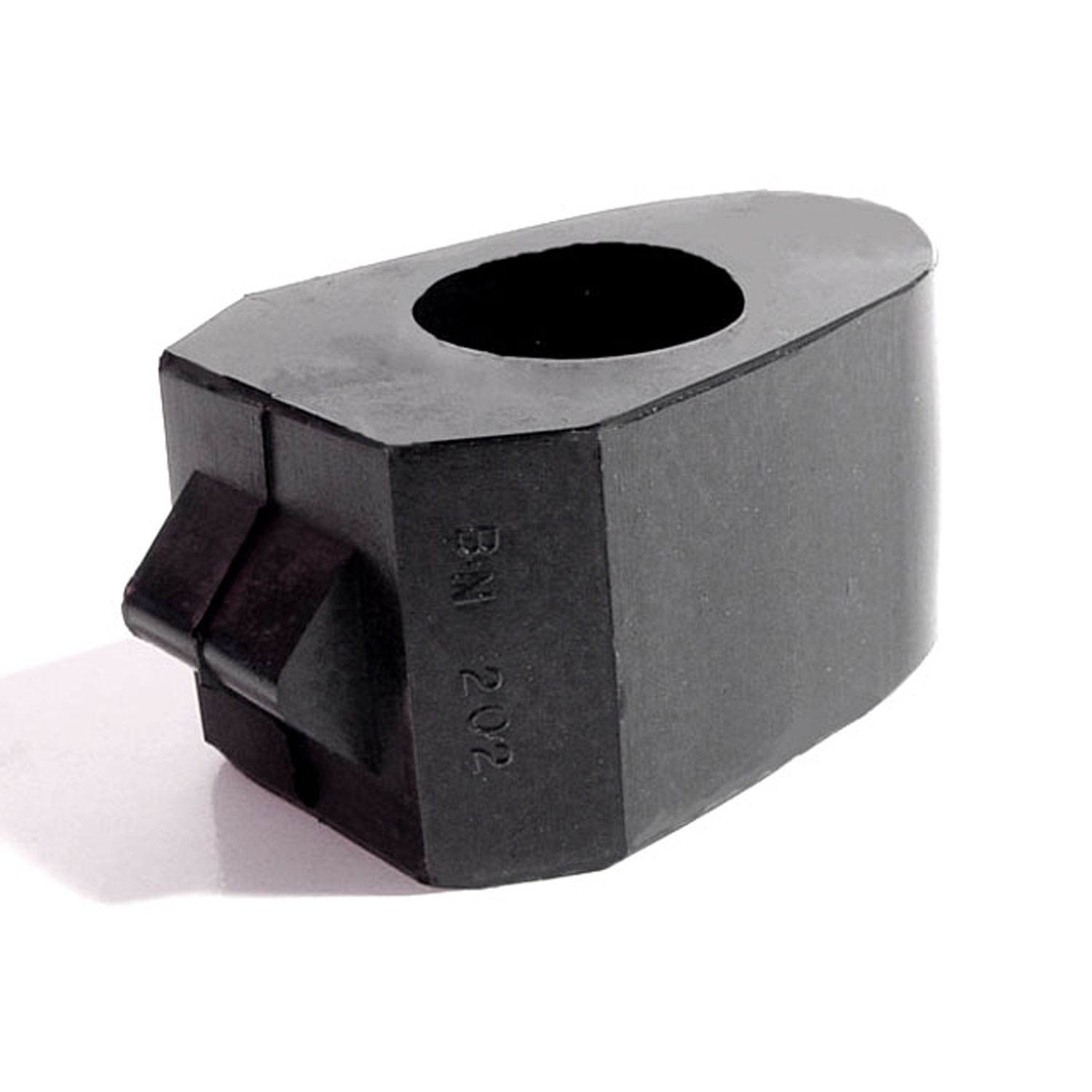 1972 Pontiac Grand Prix Stabilizer Bar Bushing. Better quality than the original-BN 202Stabilizer Bar Bushing. Better quality than the original. 2-3/4" high, 1" I.D. Each
1972 Pontiac Grand Prix Stabilizer Bar Bushing. Better quality than the original-BN 202Stabilizer Bar Bushing. Better quality than the original. 2-3/4" high, 1" I.D. Each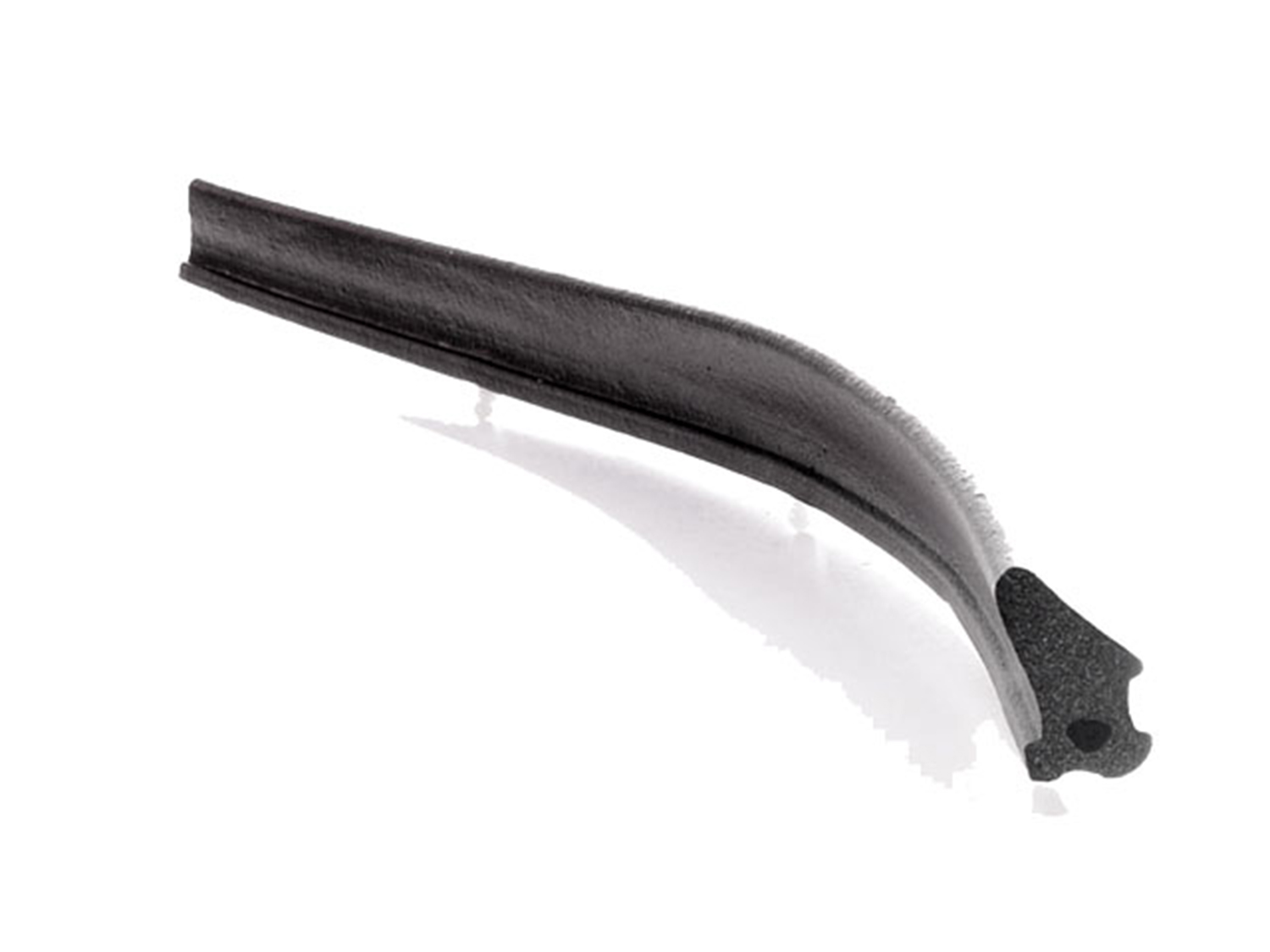 1972 Pontiac Grand Prix Door Side Seal-C/LP 40-KDoor Side Seal. Made of smooth skin sponge extrusion, with clips installed. (For seal without clips, see LP 40-K) Sold by the foot.
1972 Pontiac Grand Prix Door Side Seal-C/LP 40-KDoor Side Seal. Made of smooth skin sponge extrusion, with clips installed. (For seal without clips, see LP 40-K) Sold by the foot.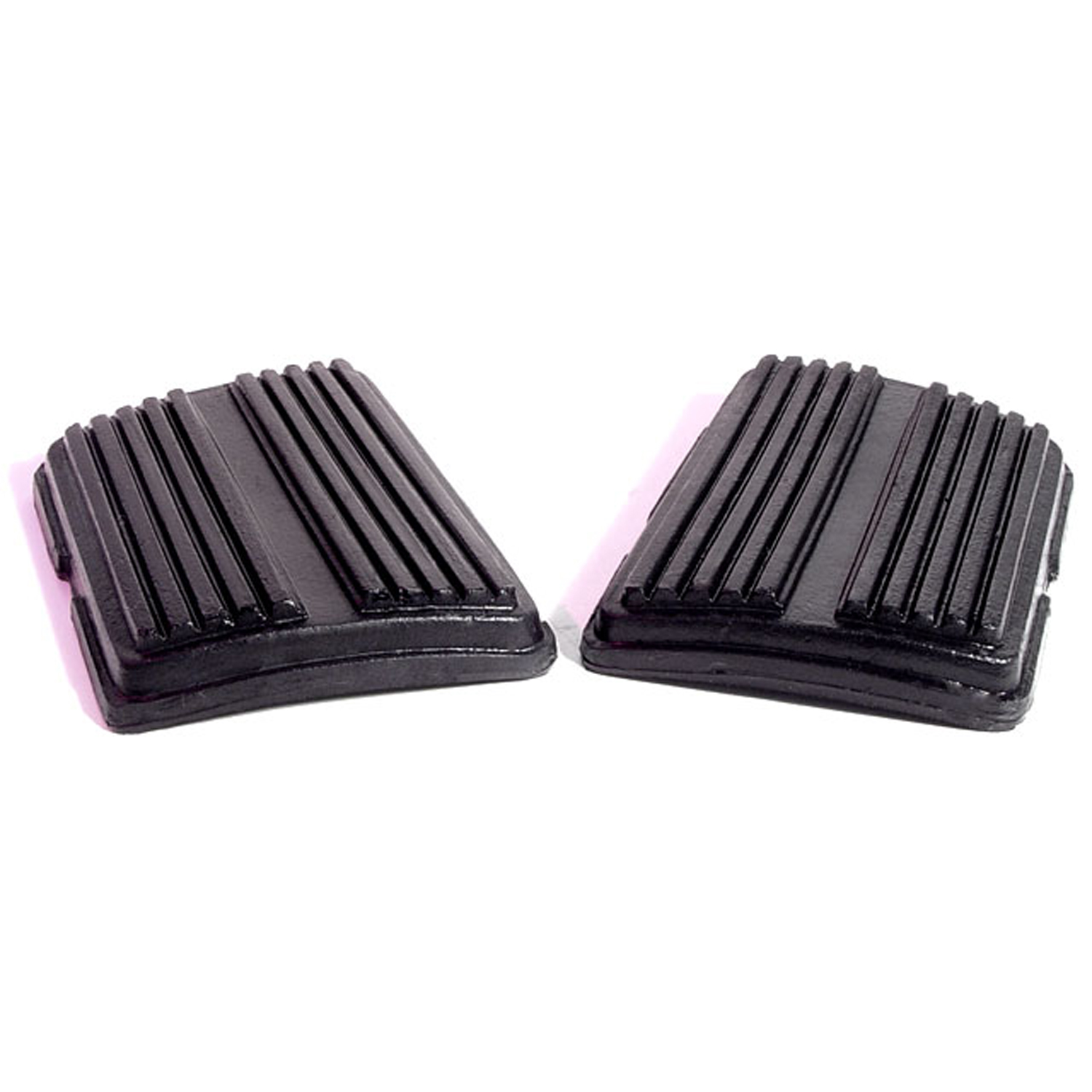 1972 Pontiac Grand Prix Clutch and Brake Pedal Pads. 3-3/4" wide. Pair-CB 99-DClutch and Brake Pedal Pads. 3-3/4" wide. Pair
1972 Pontiac Grand Prix Clutch and Brake Pedal Pads. 3-3/4" wide. Pair-CB 99-DClutch and Brake Pedal Pads. 3-3/4" wide. Pair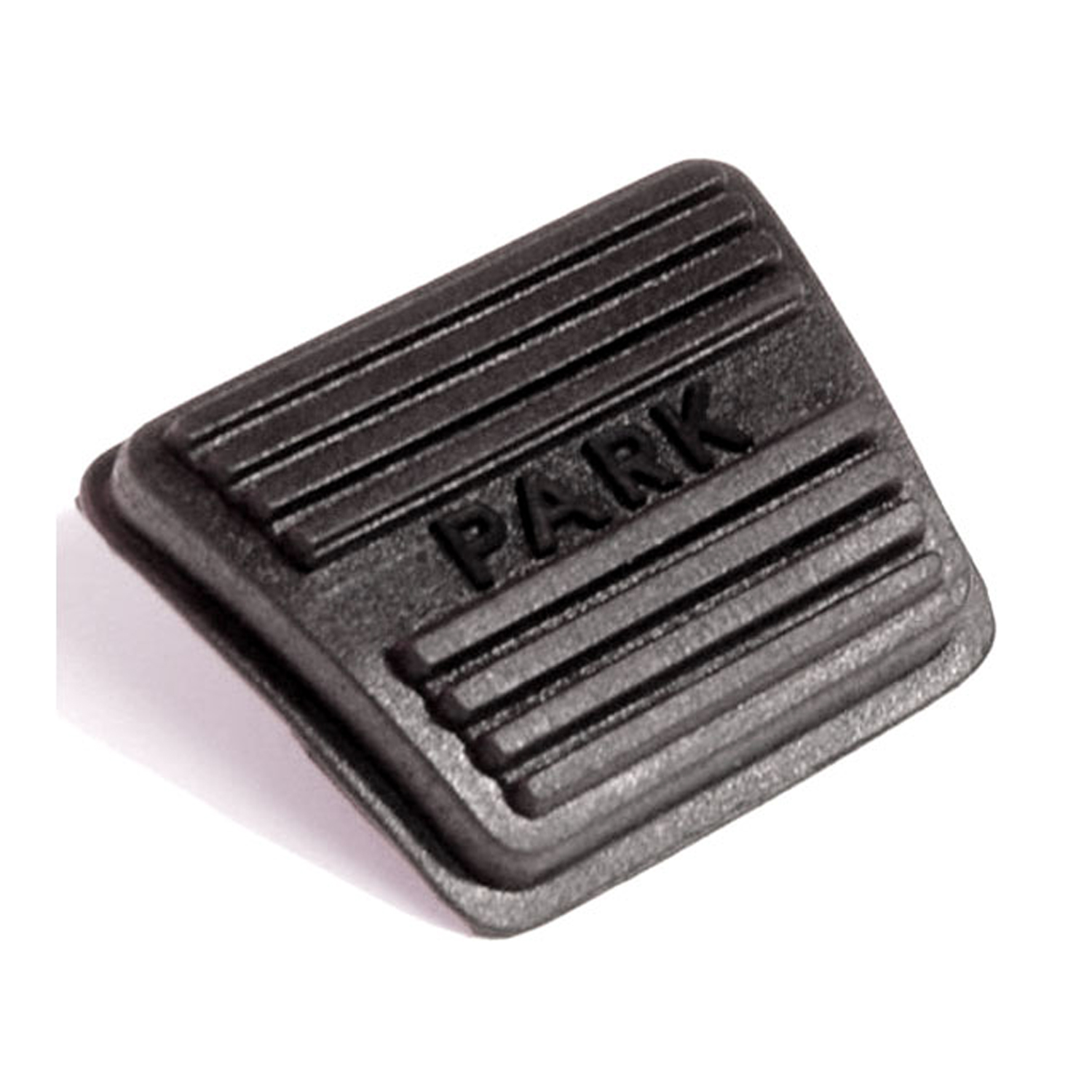 1972 Pontiac Grand Prix Park Brake Pedal Pad. 2-3/8" wide. Each-CB 99-EPark Brake Pedal Pad. 2-3/8" wide. Each
1972 Pontiac Grand Prix Park Brake Pedal Pad. 2-3/8" wide. Each-CB 99-EPark Brake Pedal Pad. 2-3/8" wide. Each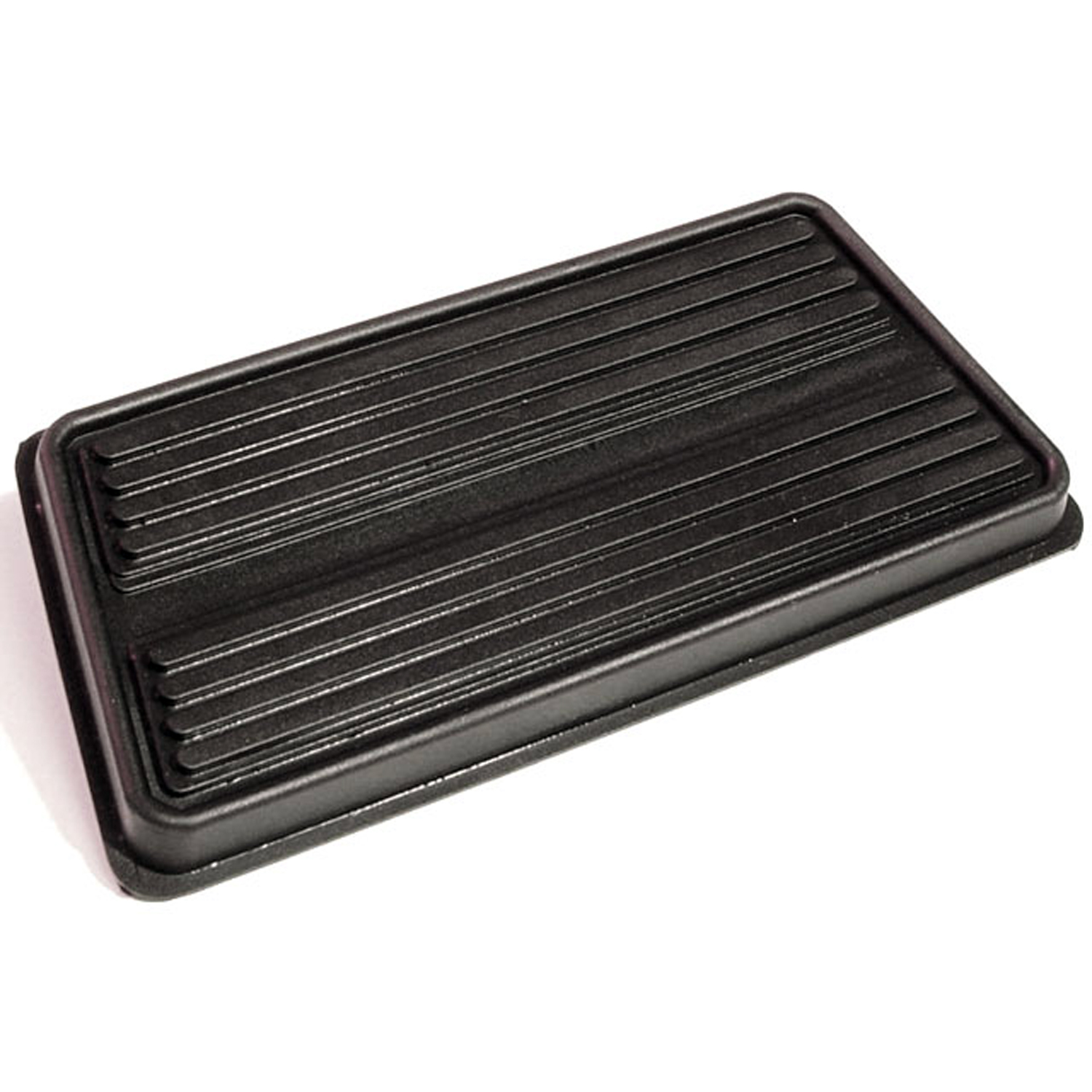 1972 Pontiac Grand Prix Auto Brake Pedal Pad. Nice reproduction. 5-3/4" wide-CB 99-GAuto Brake Pedal Pad. Nice reproduction. 5-3/4" wide. Each
1972 Pontiac Grand Prix Auto Brake Pedal Pad. Nice reproduction. 5-3/4" wide-CB 99-GAuto Brake Pedal Pad. Nice reproduction. 5-3/4" wide. Each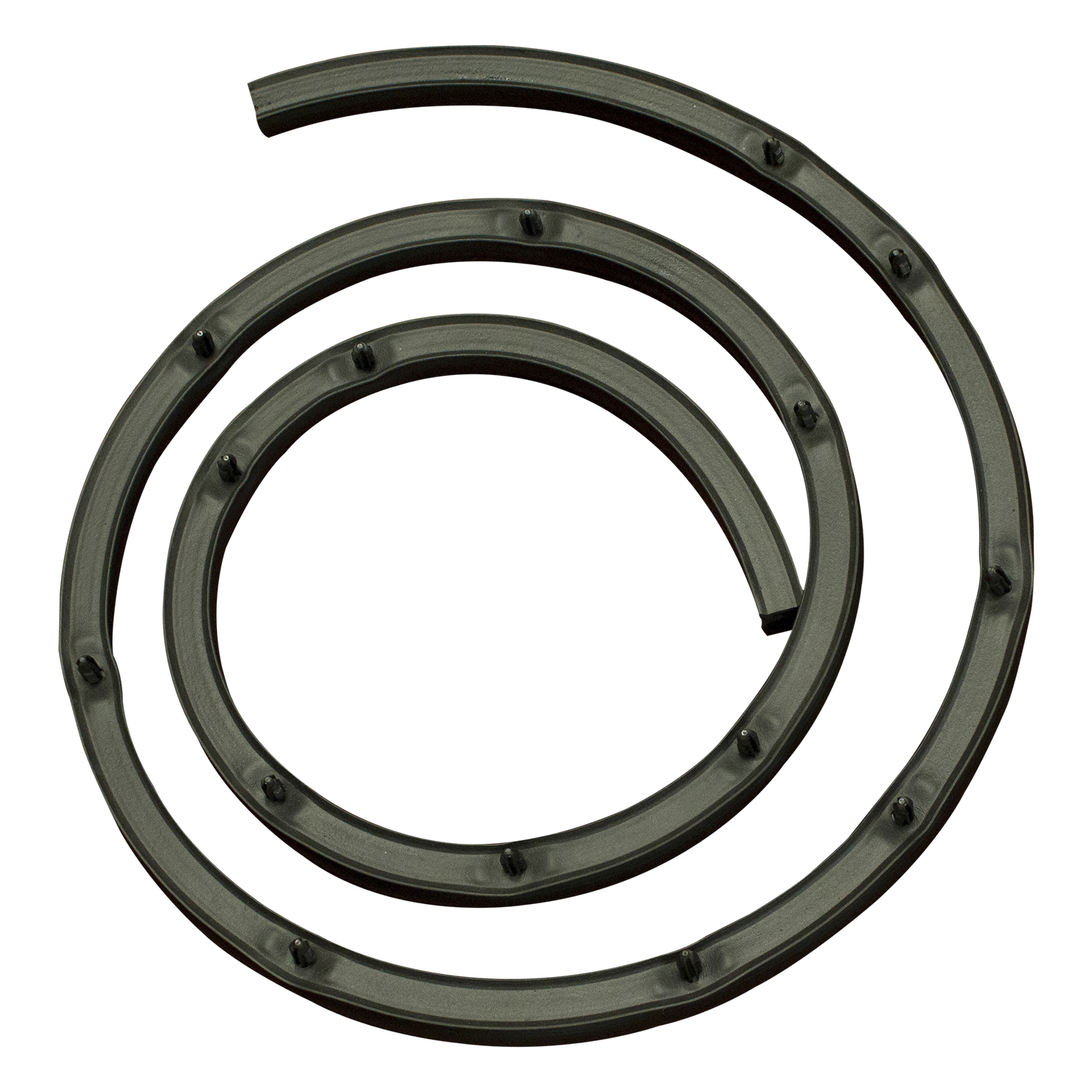 1972 Pontiac Grand Prix Hood to cowl seal. '69-'72 Pontiac Grand Prix-CS 13-PHood to cowl seal. '69-'72 Pontiac Grand Prix. Made of durable EPDM rubber with hardened nylon mounting pins properly positioned for a perfect fit. An American-made part for your American-made collector car. Replaces OEM# 9796564. Each.
1972 Pontiac Grand Prix Hood to cowl seal. '69-'72 Pontiac Grand Prix-CS 13-PHood to cowl seal. '69-'72 Pontiac Grand Prix. Made of durable EPDM rubber with hardened nylon mounting pins properly positioned for a perfect fit. An American-made part for your American-made collector car. Replaces OEM# 9796564. Each. 1972 Pontiac Grand Prix Hood to Fender Bumper. Each-HF 24Hood to Fender Bumper. Each
1972 Pontiac Grand Prix Hood to Fender Bumper. Each-HF 24Hood to Fender Bumper. Each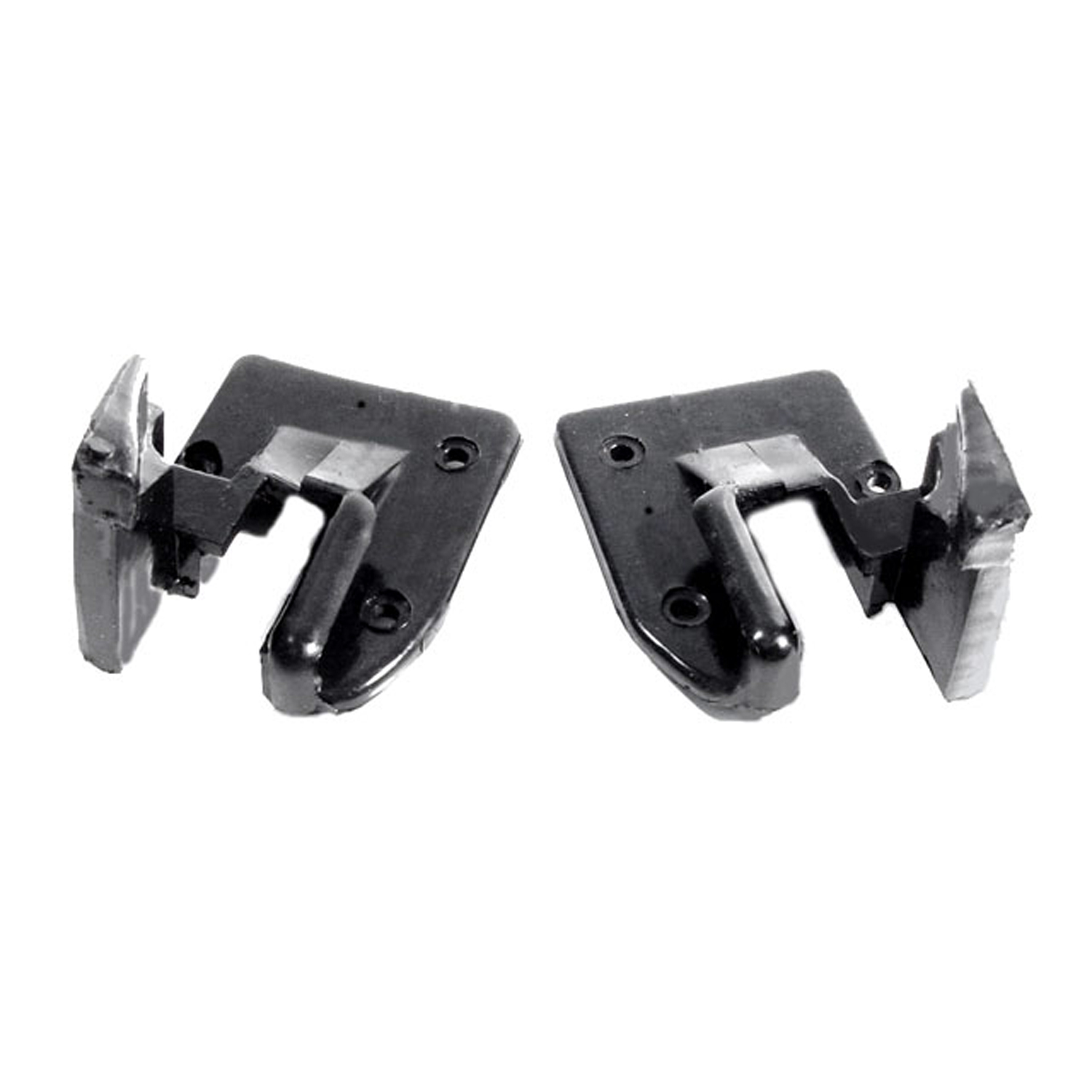 1972 Pontiac Grand Prix Door Lock Pillar Seal (Imported)-IS-ALP 5002-ADoor Lock Pillar Seal (Imported). Made with full steel cores. Pair R&L
1972 Pontiac Grand Prix Door Lock Pillar Seal (Imported)-IS-ALP 5002-ADoor Lock Pillar Seal (Imported). Made with full steel cores. Pair R&L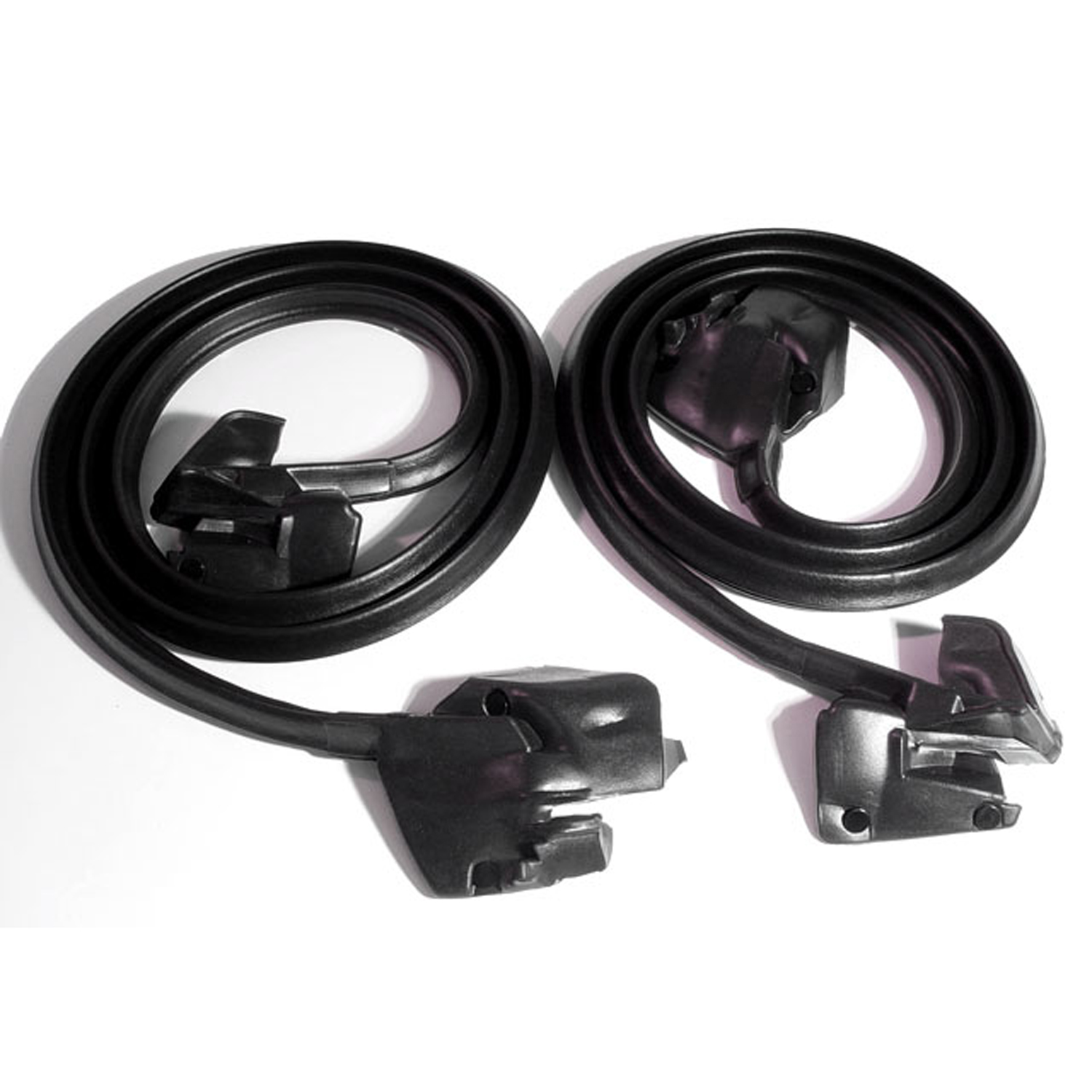 1972 Pontiac Grand Prix Door seal. With properly-spaced clips and molded ends-LM 12-ADoor seal. With properly-spaced clips and molded ends. 2-door hardtops and convertible. Replaces OEM#'s 8781164/5. Pair. R&L.
1972 Pontiac Grand Prix Door seal. With properly-spaced clips and molded ends-LM 12-ADoor seal. With properly-spaced clips and molded ends. 2-door hardtops and convertible. Replaces OEM#'s 8781164/5. Pair. R&L.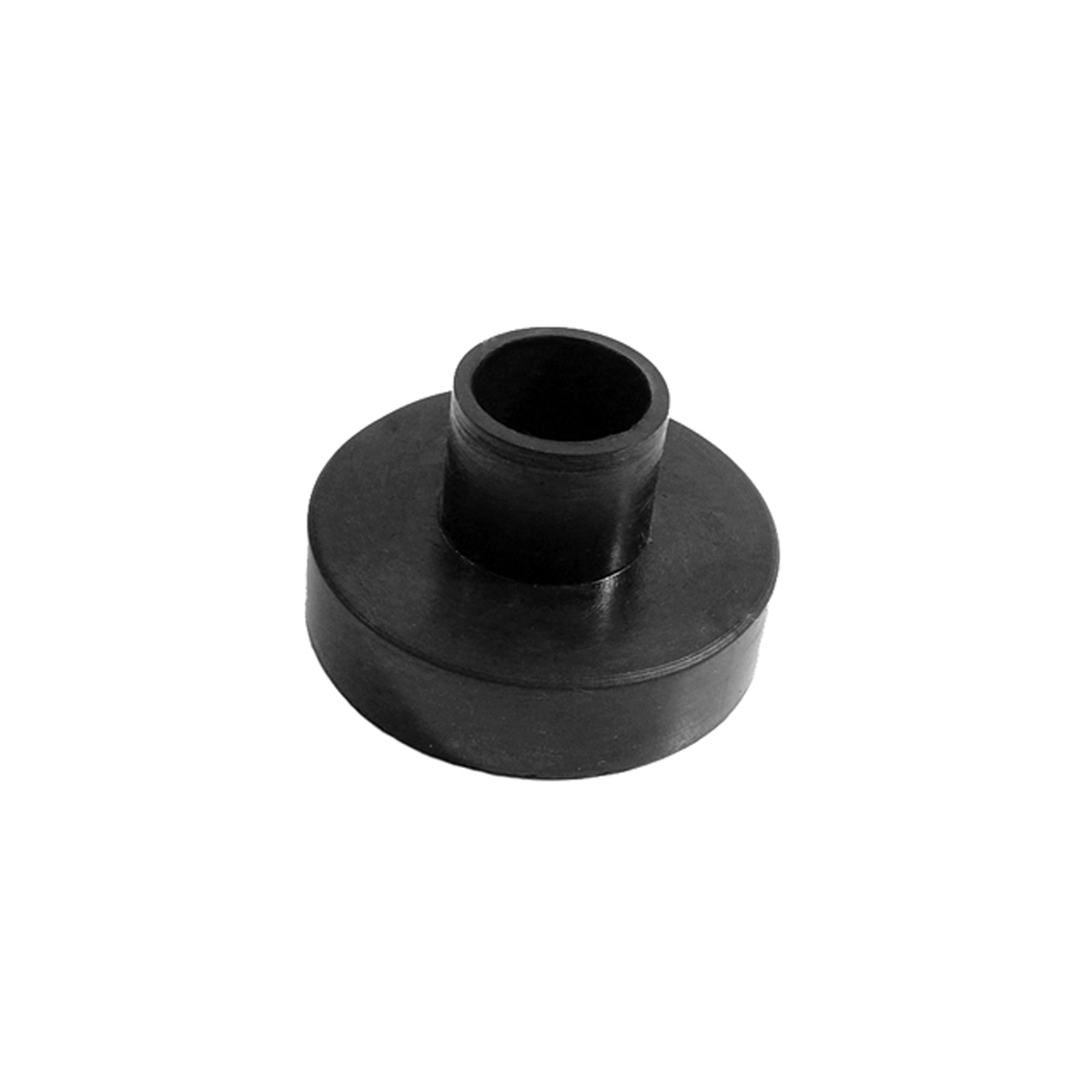 1972 Pontiac Grand Prix Lower Radiator Cushion Insulator-RA 2Lower Radiator Cushion Insulator. For 2-door hardtop and convertible. Replaces OEM #476778-AU-7. 2-1/8" O.D., 3/4" I.D. Each
1972 Pontiac Grand Prix Lower Radiator Cushion Insulator-RA 2Lower Radiator Cushion Insulator. For 2-door hardtop and convertible. Replaces OEM #476778-AU-7. 2-1/8" O.D., 3/4" I.D. Each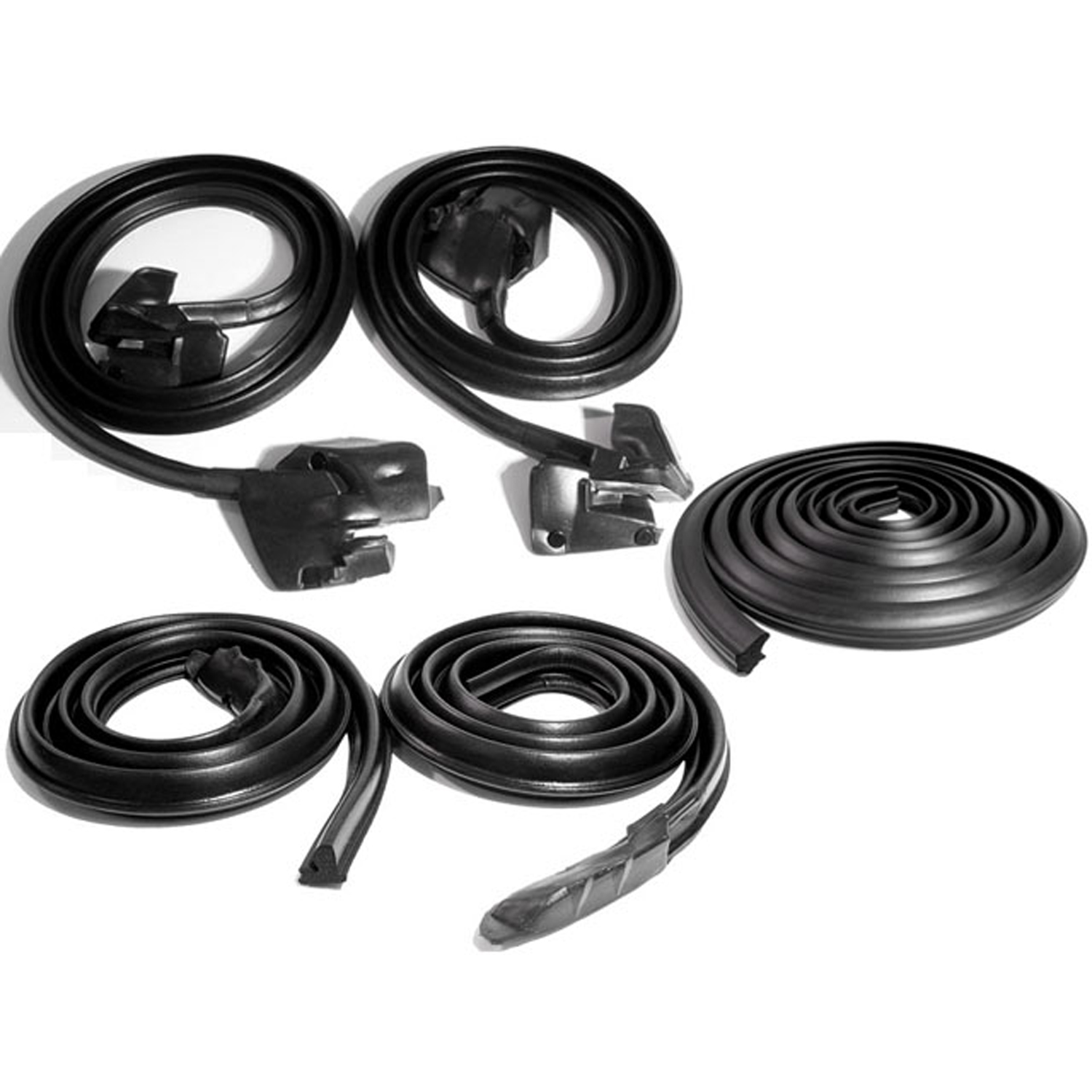 1972 Pontiac Grand Prix Basic Kit, for 2-Door Hardtop-RKB 8105-106Basic Kit, for 2-Door Hardtop. Door (LM 12-A) Roof Rail (RR 5004) Trunk (TK 46-16), Seals.
1972 Pontiac Grand Prix Basic Kit, for 2-Door Hardtop-RKB 8105-106Basic Kit, for 2-Door Hardtop. Door (LM 12-A) Roof Rail (RR 5004) Trunk (TK 46-16), Seals.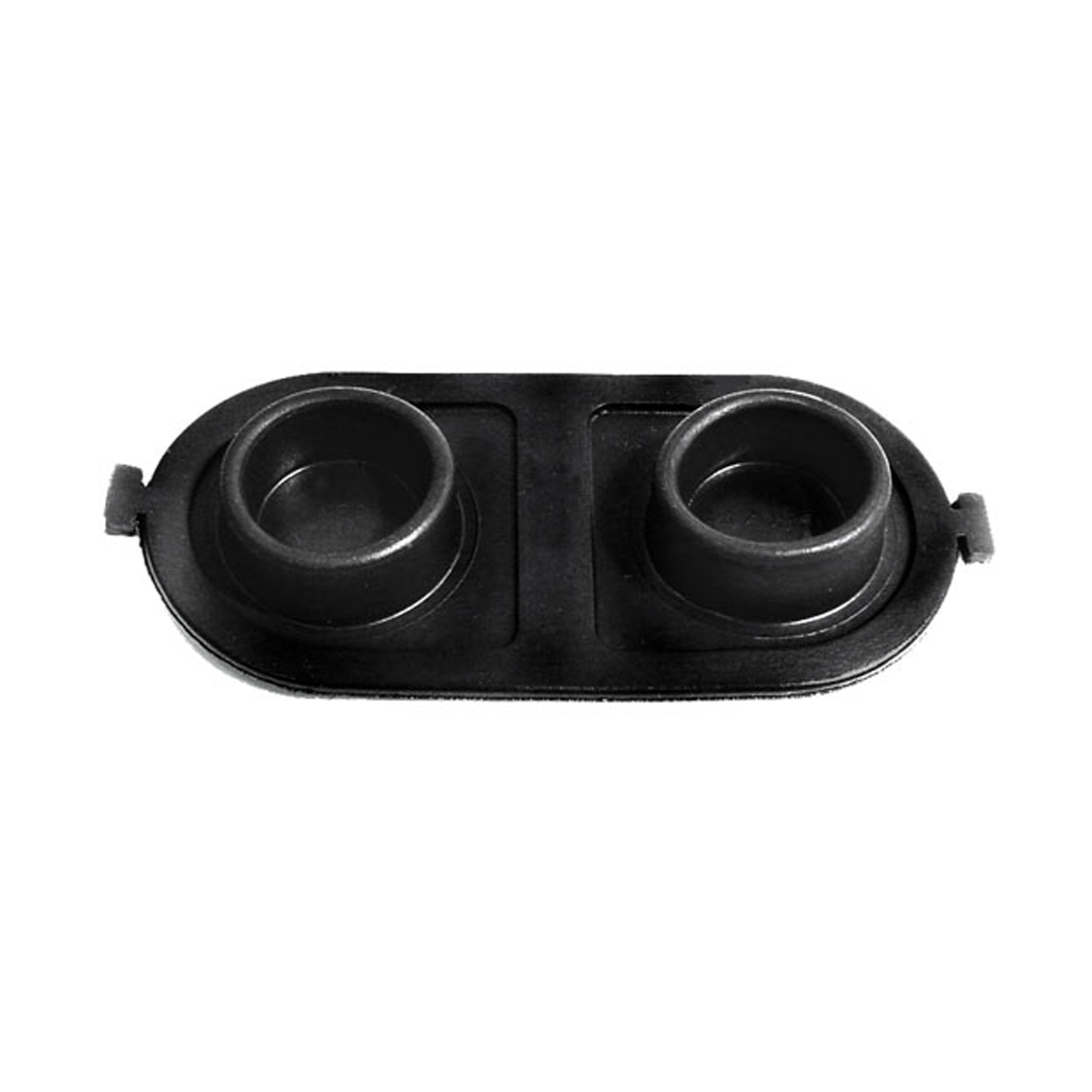 1972 Pontiac Grand Prix Brake Master Cylinder Cover Seal. Replaces OEM #5470861-RP 2-EBrake Master Cylinder Cover Seal. Replaces OEM #5470861. 5" X 2-1/2". Each
1972 Pontiac Grand Prix Brake Master Cylinder Cover Seal. Replaces OEM #5470861-RP 2-EBrake Master Cylinder Cover Seal. Replaces OEM #5470861. 5" X 2-1/2". Each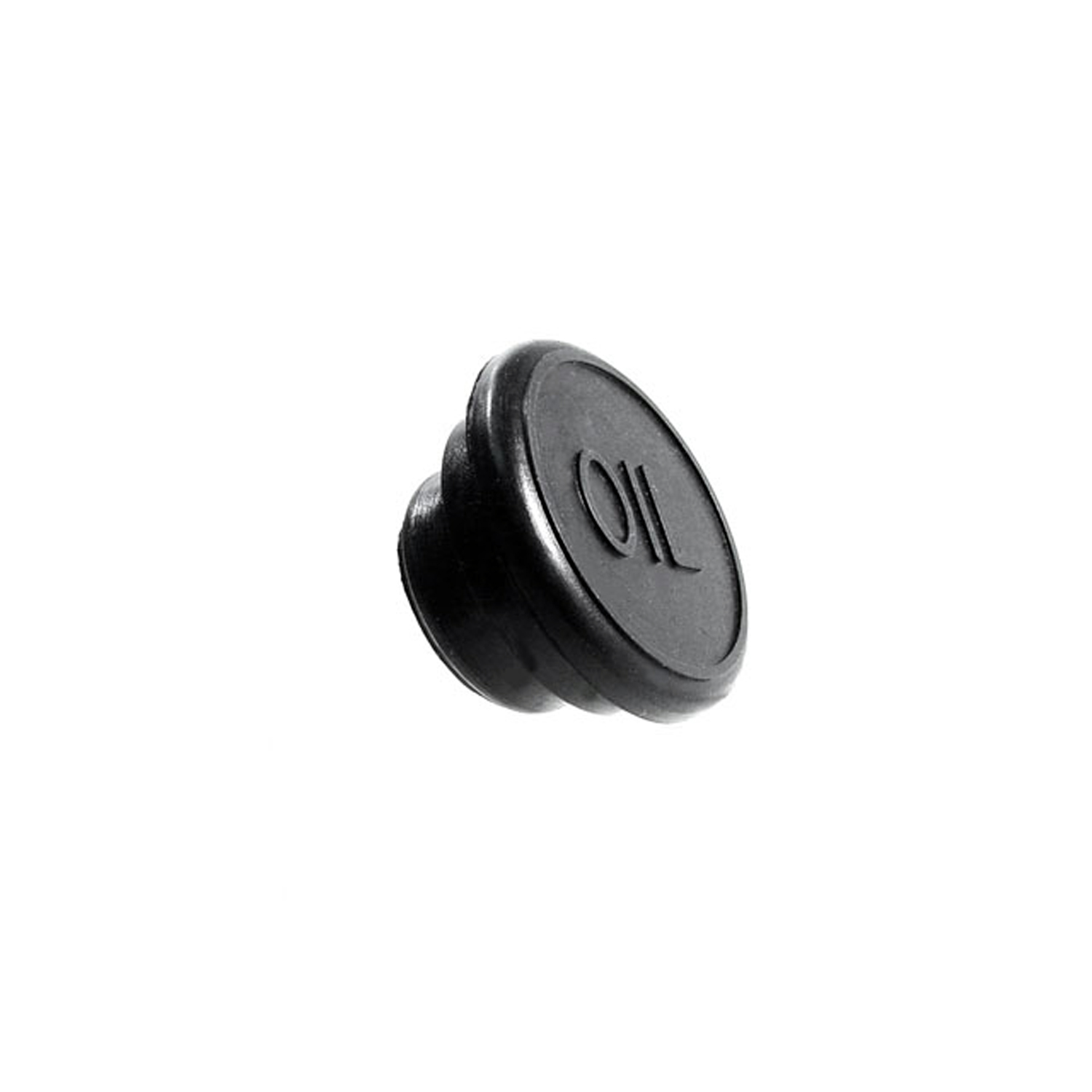 1972 Pontiac Grand Prix Oil Filler Hole Cap. Made of rubber-RP 8Oil Filler Hole Cap. Made of rubber. Fits a 1-3/16" to 1-1/4" hole. Each
1972 Pontiac Grand Prix Oil Filler Hole Cap. Made of rubber-RP 8Oil Filler Hole Cap. Made of rubber. Fits a 1-3/16" to 1-1/4" hole. Each 1972 Pontiac Grand Prix Molded Roof Rail Seals for 2-Door Hardtop. Pair R&L-RR 5004Molded Roof Rail Seals for 2-Door Hardtop. Pair R&L
1972 Pontiac Grand Prix Molded Roof Rail Seals for 2-Door Hardtop. Pair R&L-RR 5004Molded Roof Rail Seals for 2-Door Hardtop. Pair R&L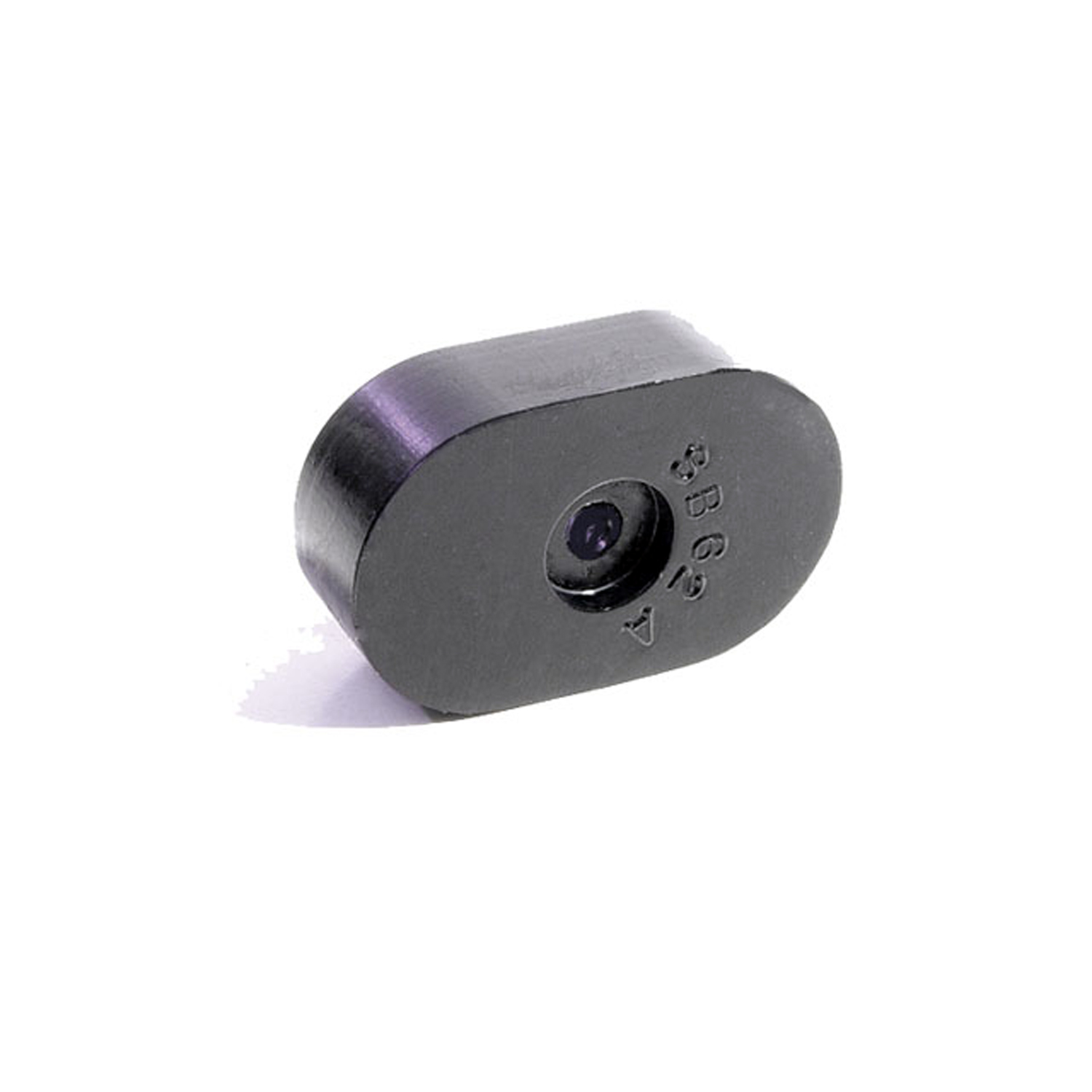 1972 Pontiac Grand Prix Seat Bumper. Made with steel core like original-SB 62-ASeat Bumper. Made with steel core like original. 1-1/2" long, 7/16" thick. Two used per car. Each
1972 Pontiac Grand Prix Seat Bumper. Made with steel core like original-SB 62-ASeat Bumper. Made with steel core like original. 1-1/2" long, 7/16" thick. Two used per car. Each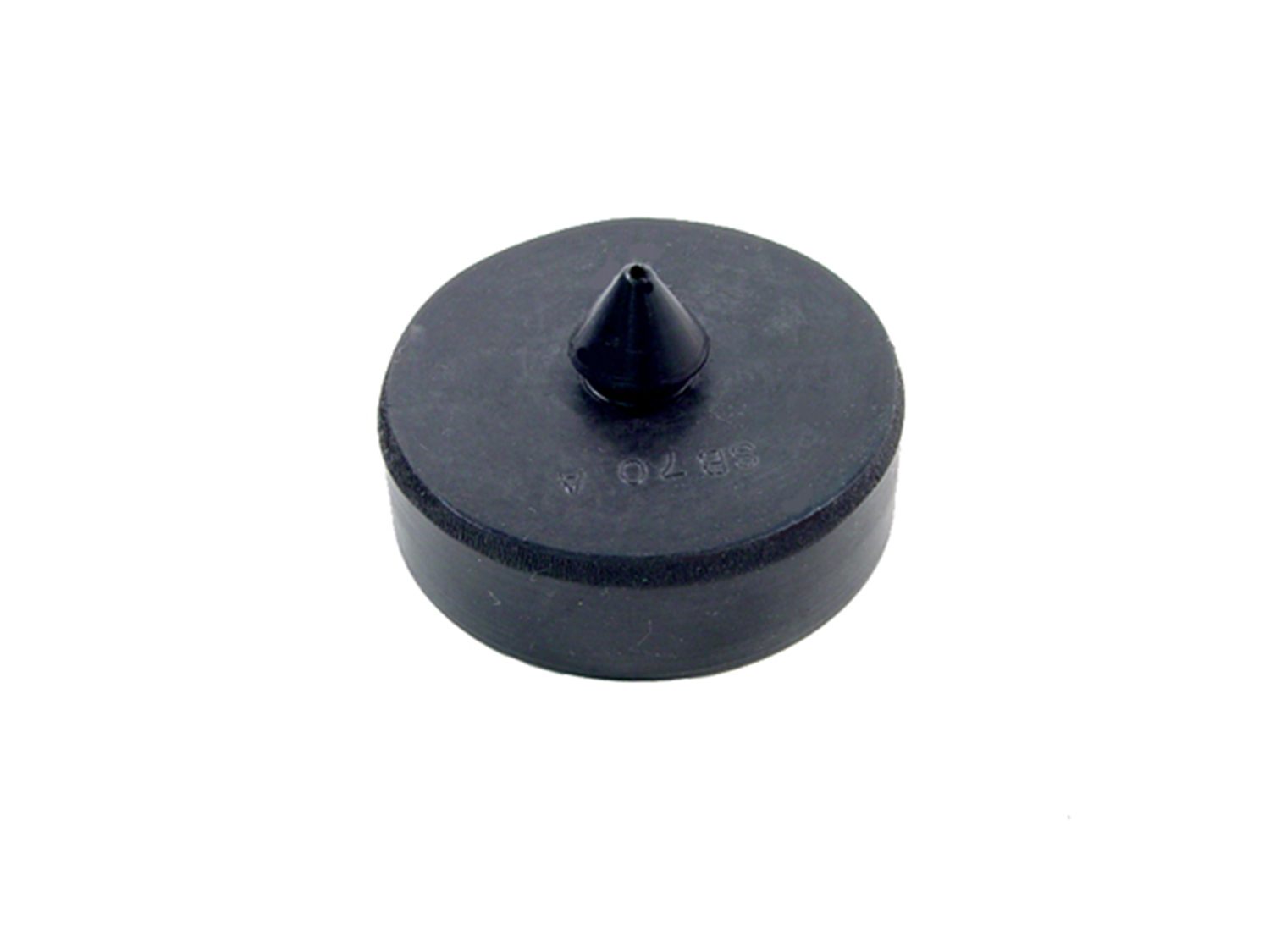 1972 Pontiac Grand Prix Front door window stop bumper. ’70-’81 GM passenger cars-SB 70-AFront door window stop bumper. '70-'81 GM passenger cars. Dense rubber. Replaces OEM# 9810036. Each.
1972 Pontiac Grand Prix Front door window stop bumper. ’70-’81 GM passenger cars-SB 70-AFront door window stop bumper. '70-'81 GM passenger cars. Dense rubber. Replaces OEM# 9810036. Each.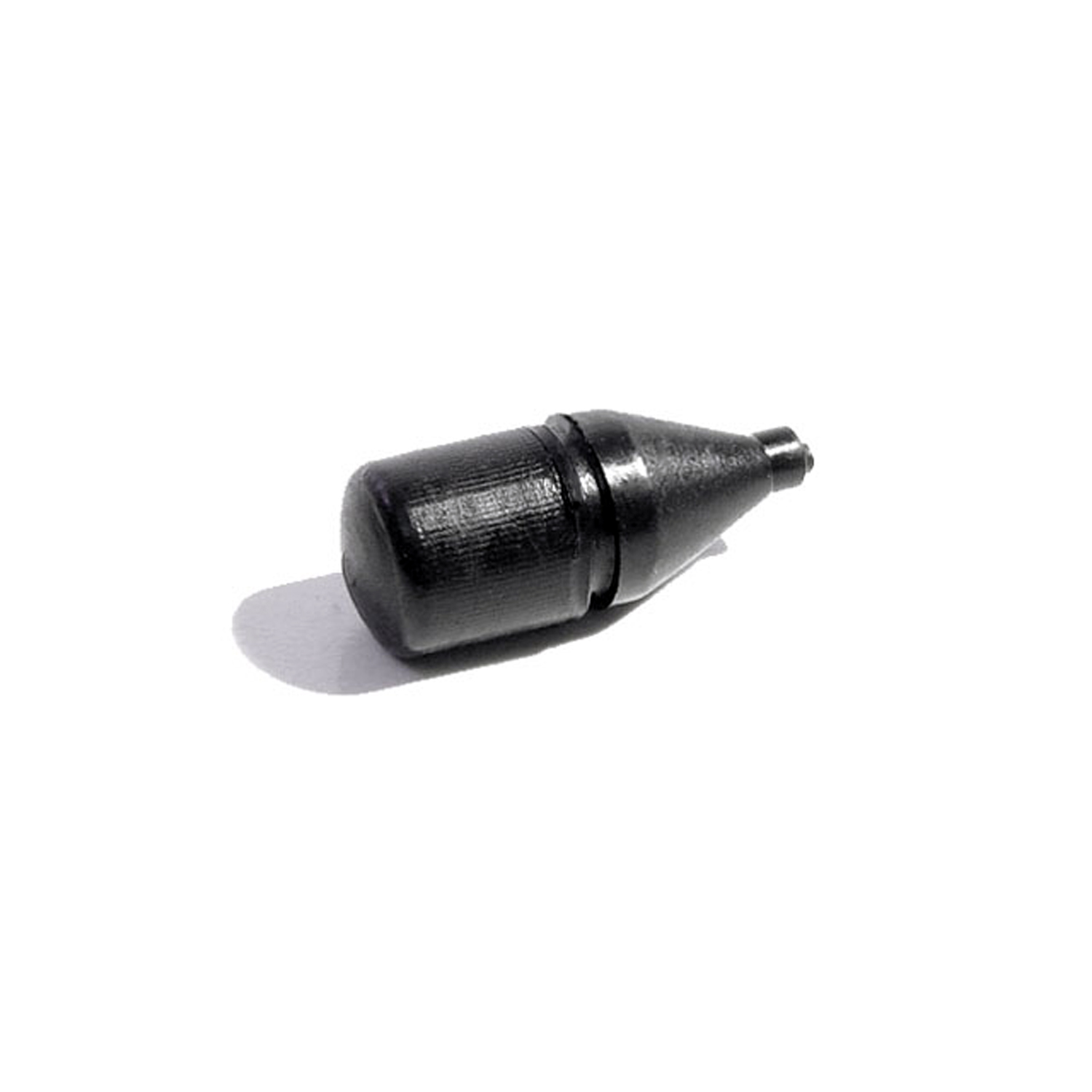 1972 Pontiac Grand Prix Fuel Door Bumper. 7/8" high, 5/16" O.D. Each-SB 81Fuel Door Bumper. 7/8" high, 5/16" O.D. Each
1972 Pontiac Grand Prix Fuel Door Bumper. 7/8" high, 5/16" O.D. Each-SB 81Fuel Door Bumper. 7/8" high, 5/16" O.D. Each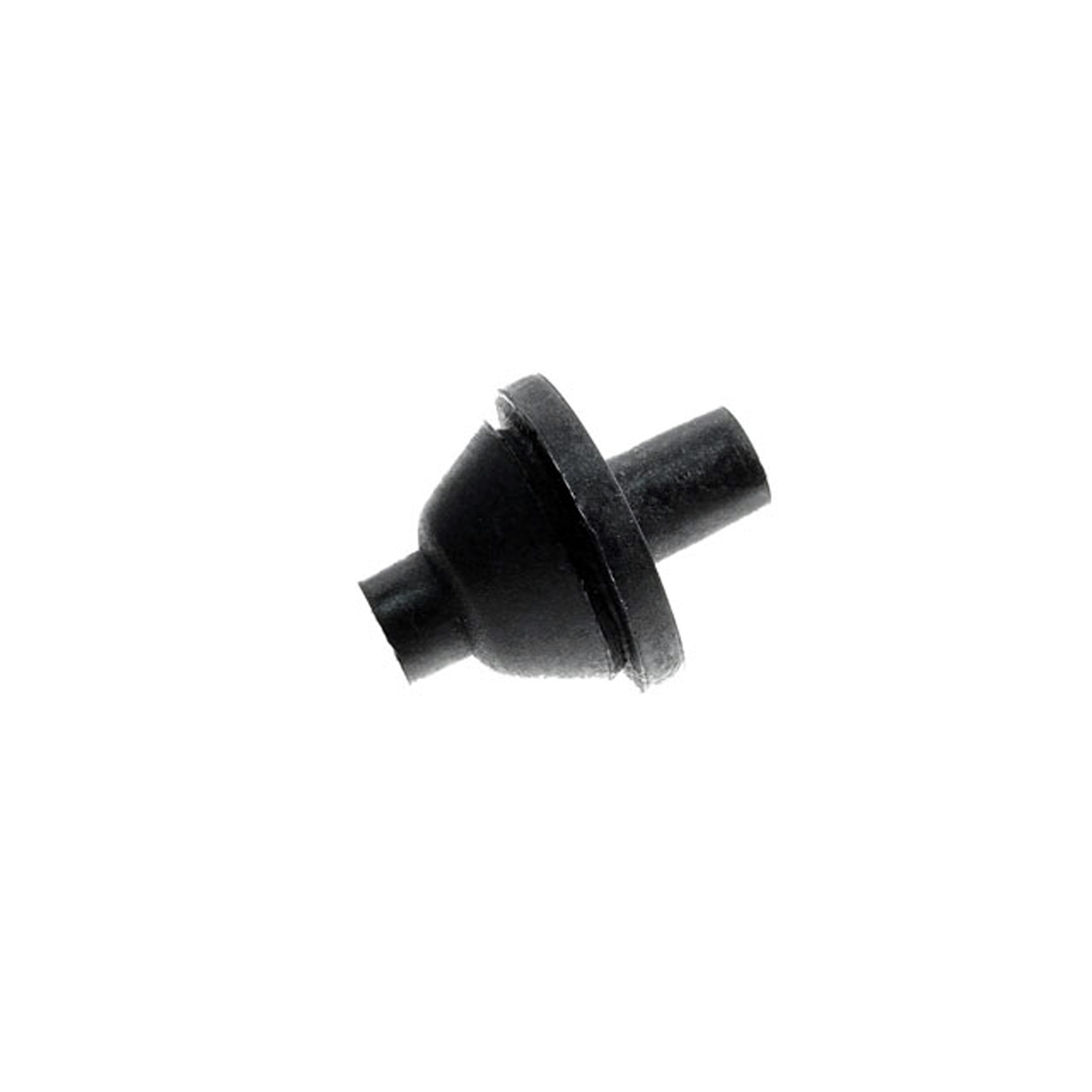 1972 Pontiac Grand Prix Dash and Firewall Grommet. Single-hole type is for one wire-SM 101Dash and Firewall Grommet. Single-hole type is for one wire. Each
1972 Pontiac Grand Prix Dash and Firewall Grommet. Single-hole type is for one wire-SM 101Dash and Firewall Grommet. Single-hole type is for one wire. Each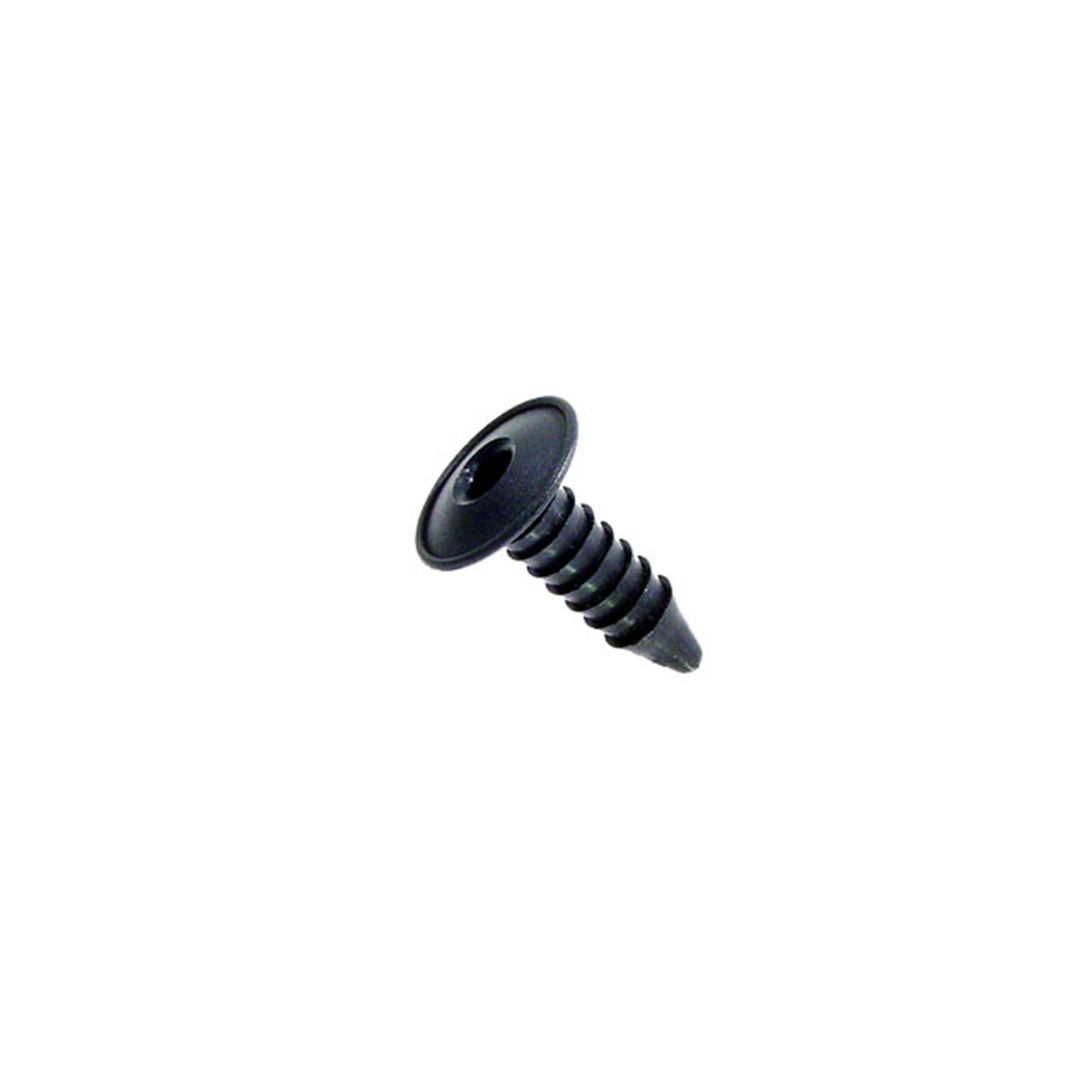 1972 Pontiac Grand Prix Firewall insulation fastener. 1 in. dia. W head. 1-1/2 in. L-SM 80-AFirewall insulation fastener. 1 in. dia. W head. 1-1/2 in. L. Replaces OEM#'s (GM) 7642589 and (AMC) 4001934. Black. Each.
1972 Pontiac Grand Prix Firewall insulation fastener. 1 in. dia. W head. 1-1/2 in. L-SM 80-AFirewall insulation fastener. 1 in. dia. W head. 1-1/2 in. L. Replaces OEM#'s (GM) 7642589 and (AMC) 4001934. Black. Each. 1972 Pontiac Grand Prix Trunk Seal. 16 feet long. Each-TK 46-16Trunk Seal. 16 feet long. Each
1972 Pontiac Grand Prix Trunk Seal. 16 feet long. Each-TK 46-16Trunk Seal. 16 feet long. Each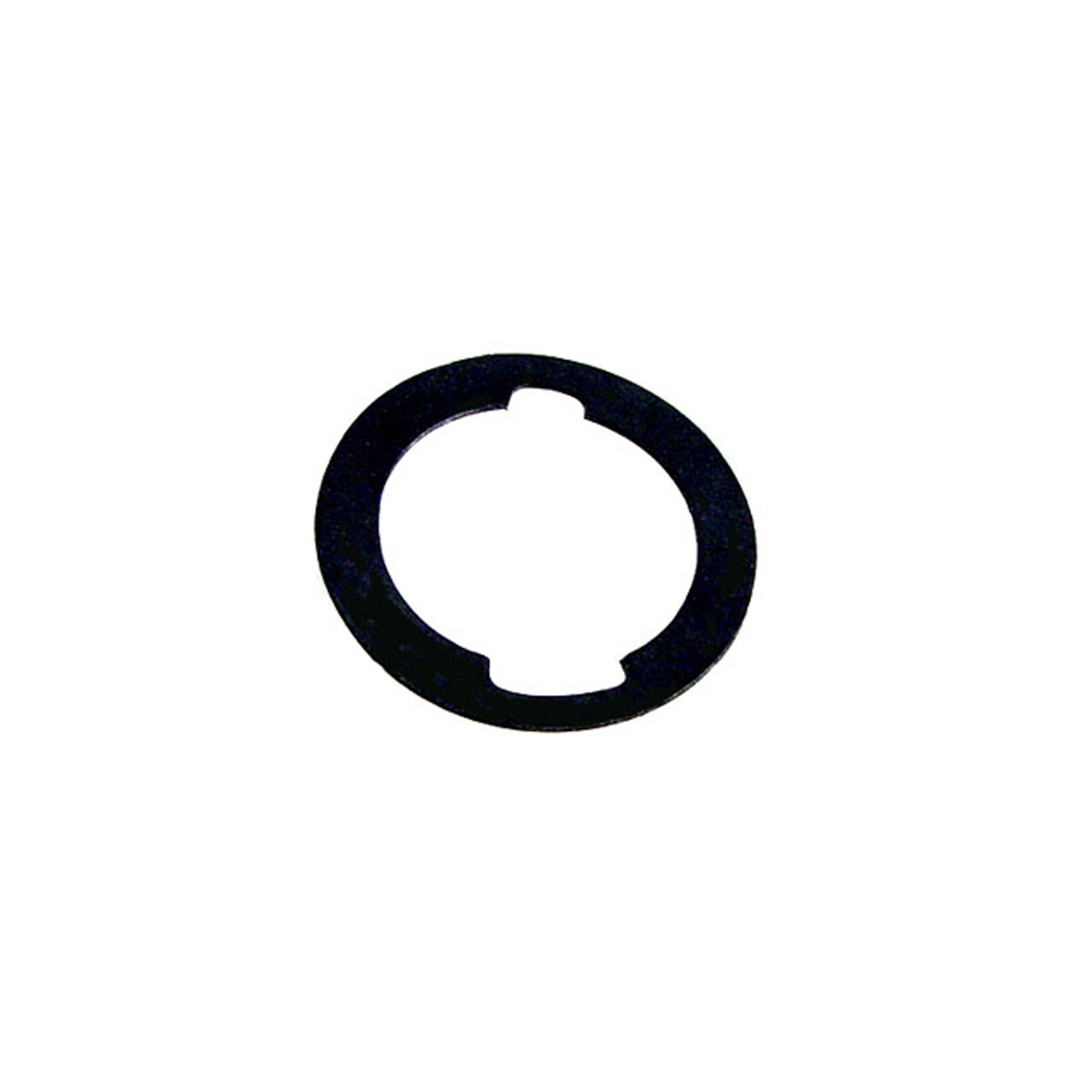 1972 Pontiac Grand Prix Unbeaded Door and Trunk Lock Gasket. 1-3/16" O.D., 7/8" I.D-UM 1600-100Unbeaded Door and Trunk Lock Gasket. 1-3/16" O.D., 7/8" I.D. Each
1972 Pontiac Grand Prix Unbeaded Door and Trunk Lock Gasket. 1-3/16" O.D., 7/8" I.D-UM 1600-100Unbeaded Door and Trunk Lock Gasket. 1-3/16" O.D., 7/8" I.D. Each 1972 Pontiac Grand Prix Unbeaded Door Handle Mounting Pads. 4-Piece Set-UM 2005-100Unbeaded Door Handle Mounting Pads. 4-Piece Set
1972 Pontiac Grand Prix Unbeaded Door Handle Mounting Pads. 4-Piece Set-UM 2005-100Unbeaded Door Handle Mounting Pads. 4-Piece Set 1972 Pontiac Grand Prix Rear Roll-Up Quarter Window Seals-VS 3-MRear Roll-Up Quarter Window Seals, for 2-Door Hardtops and Convertibles. Made with a steel core stiffener. 16-1/2" long. Pair
1972 Pontiac Grand Prix Rear Roll-Up Quarter Window Seals-VS 3-MRear Roll-Up Quarter Window Seals, for 2-Door Hardtops and Convertibles. Made with a steel core stiffener. 16-1/2" long. Pair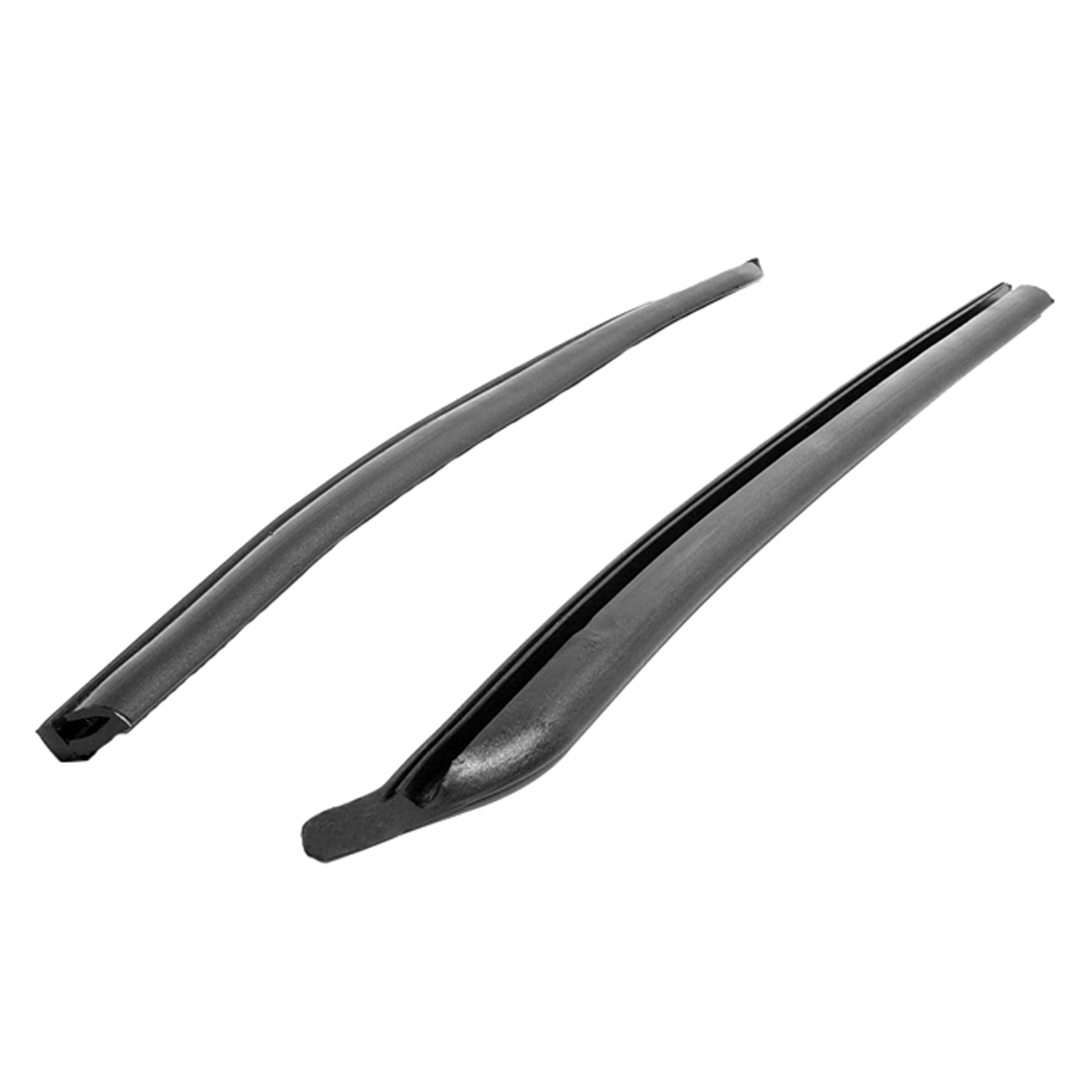 1972 Pontiac Grand Prix Rear Roll-Up Quarter Window Seals-VS 3-MXRear Roll-Up Quarter Window Seals, for 2-Door Hardtops and Convertibles. Made without steel core. 16-1/2" long. Pair
1972 Pontiac Grand Prix Rear Roll-Up Quarter Window Seals-VS 3-MXRear Roll-Up Quarter Window Seals, for 2-Door Hardtops and Convertibles. Made without steel core. 16-1/2" long. Pair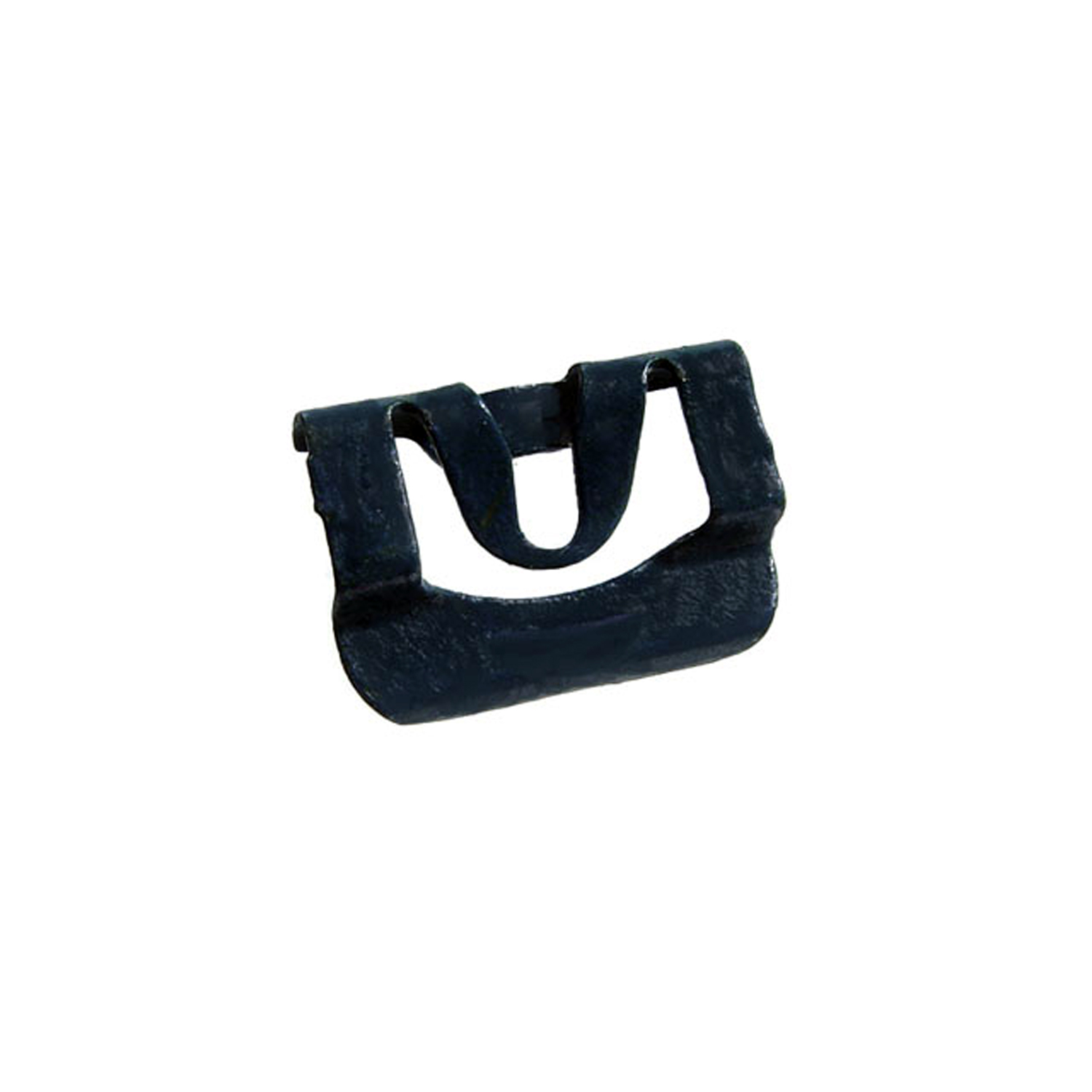 1972 Pontiac Grand Prix Windshield Reveal Molding Clip. Made of steel-WF 203Windshield Reveal Molding Clip. Made of steel. 5/8" x 15/16". Each
1972 Pontiac Grand Prix Windshield Reveal Molding Clip. Made of steel-WF 203Windshield Reveal Molding Clip. Made of steel. 5/8" x 15/16". Each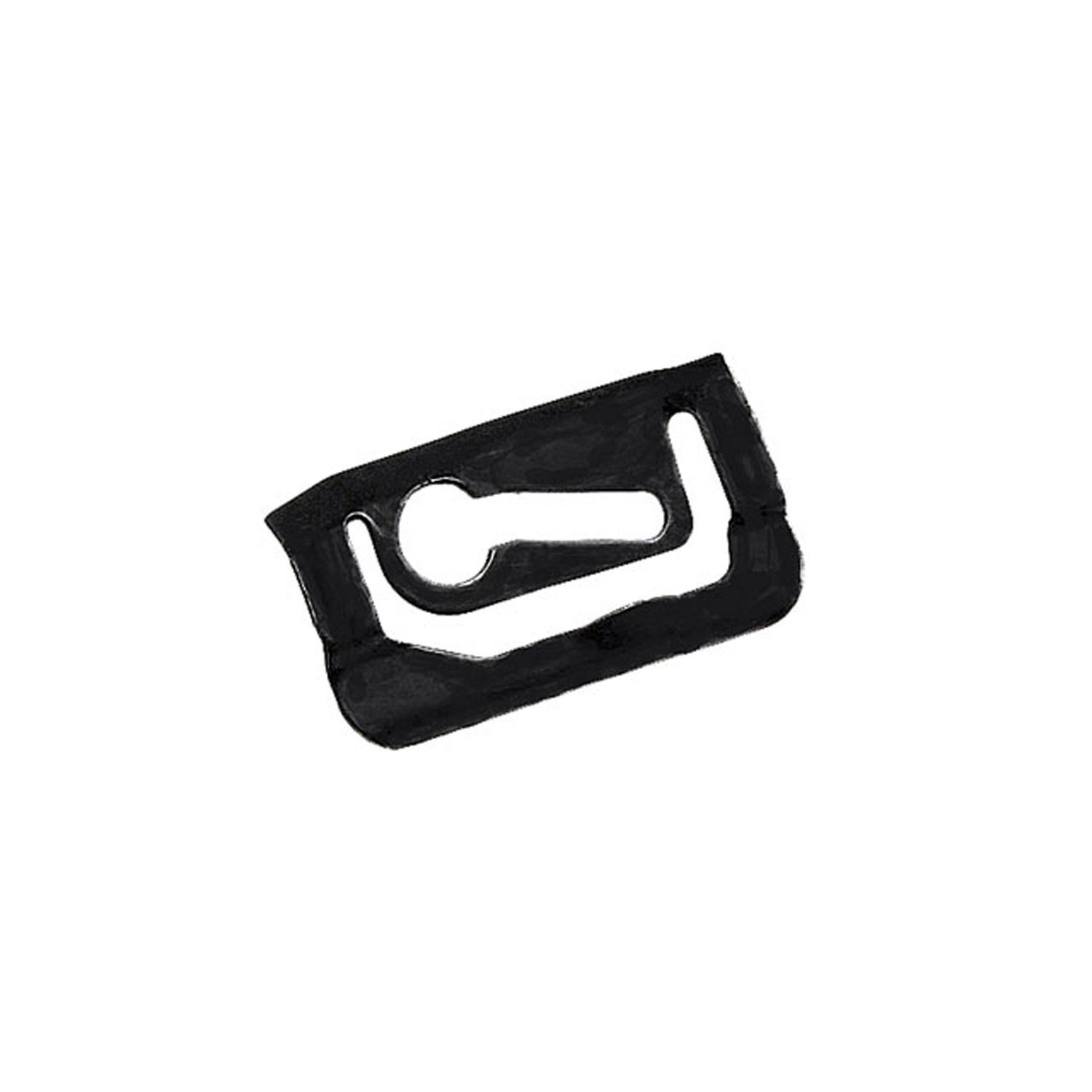 1972 Pontiac Grand Prix Rear Quarter Window Molding Clip. Made of steel-WF 204Rear Quarter Window Molding Clip. Made of steel. 3/4" x 1-3/8". Each
1972 Pontiac Grand Prix Rear Quarter Window Molding Clip. Made of steel-WF 204Rear Quarter Window Molding Clip. Made of steel. 3/4" x 1-3/8". Each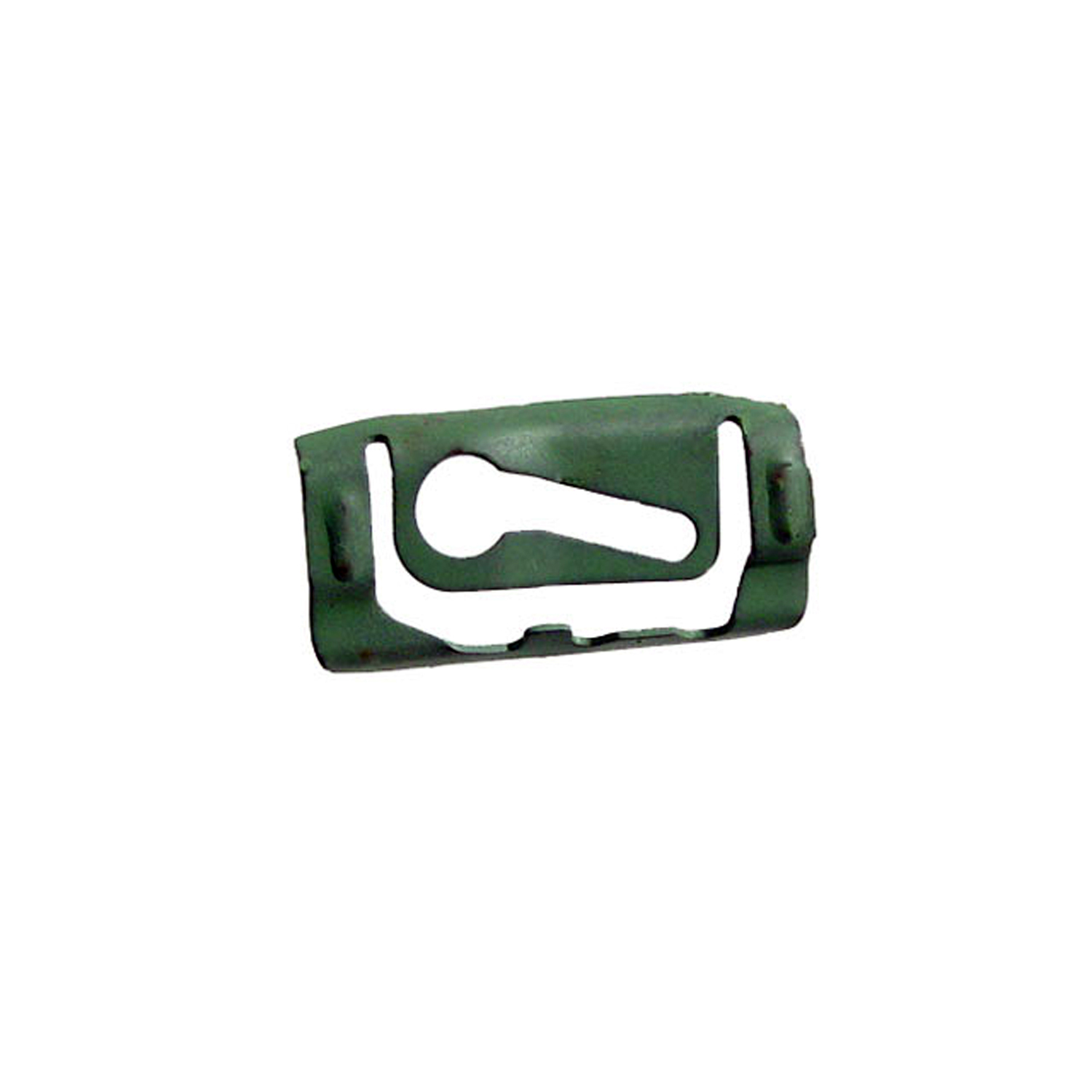 1972 Pontiac Grand Prix Quarter Window Reveal Molding Clip. Made of Steel-WF 205Quarter Window Reveal Molding Clip. Made of Steel. 1-3/8" X 11/16". Each
1972 Pontiac Grand Prix Quarter Window Reveal Molding Clip. Made of Steel-WF 205Quarter Window Reveal Molding Clip. Made of Steel. 1-3/8" X 11/16". Each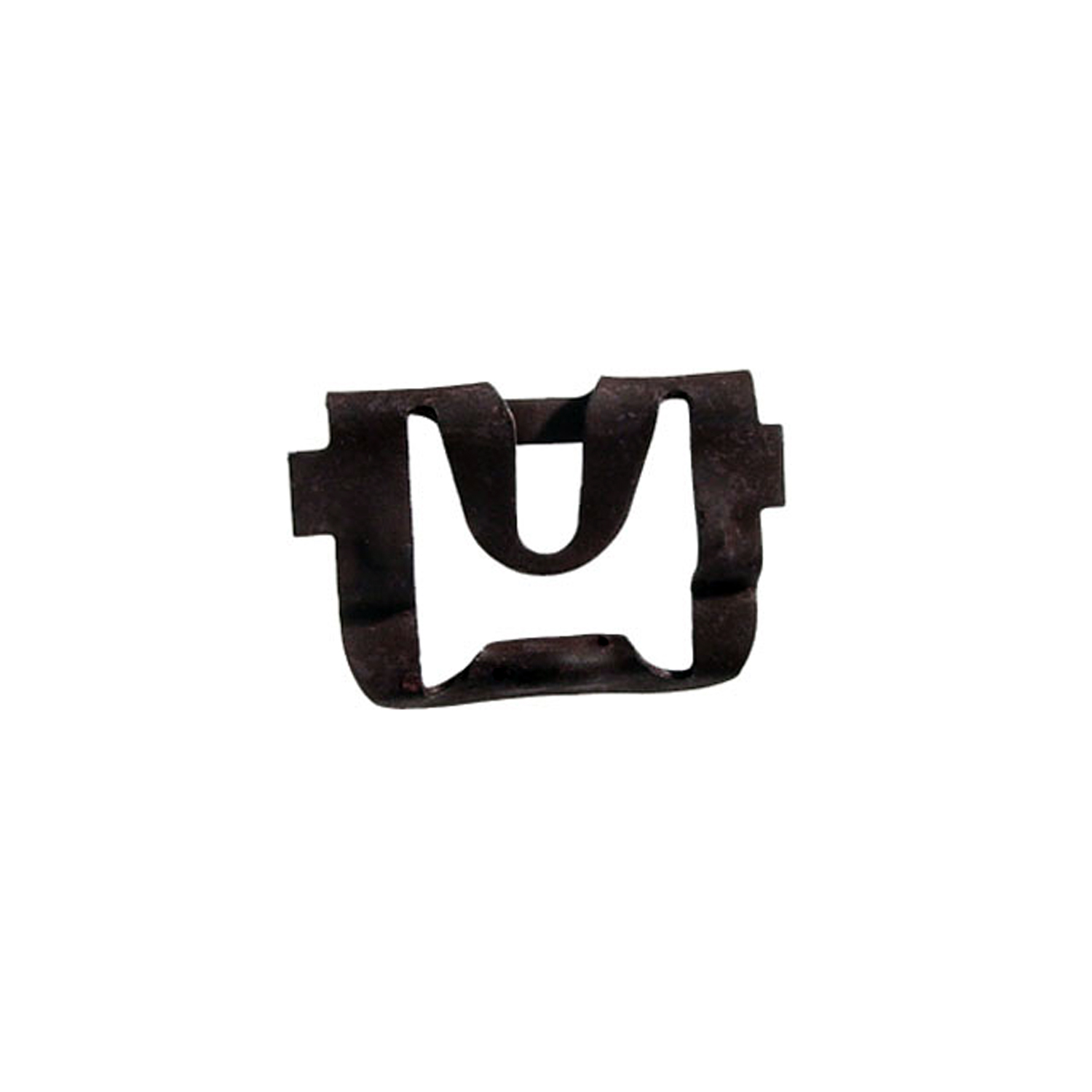 1972 Pontiac Grand Prix Rear Windshield Reveal Molding Clip. Made of steel-WF 211Rear Windshield Reveal Molding Clip. Made of steel. 15/16" X 3/4". Each
1972 Pontiac Grand Prix Rear Windshield Reveal Molding Clip. Made of steel-WF 211Rear Windshield Reveal Molding Clip. Made of steel. 15/16" X 3/4". Each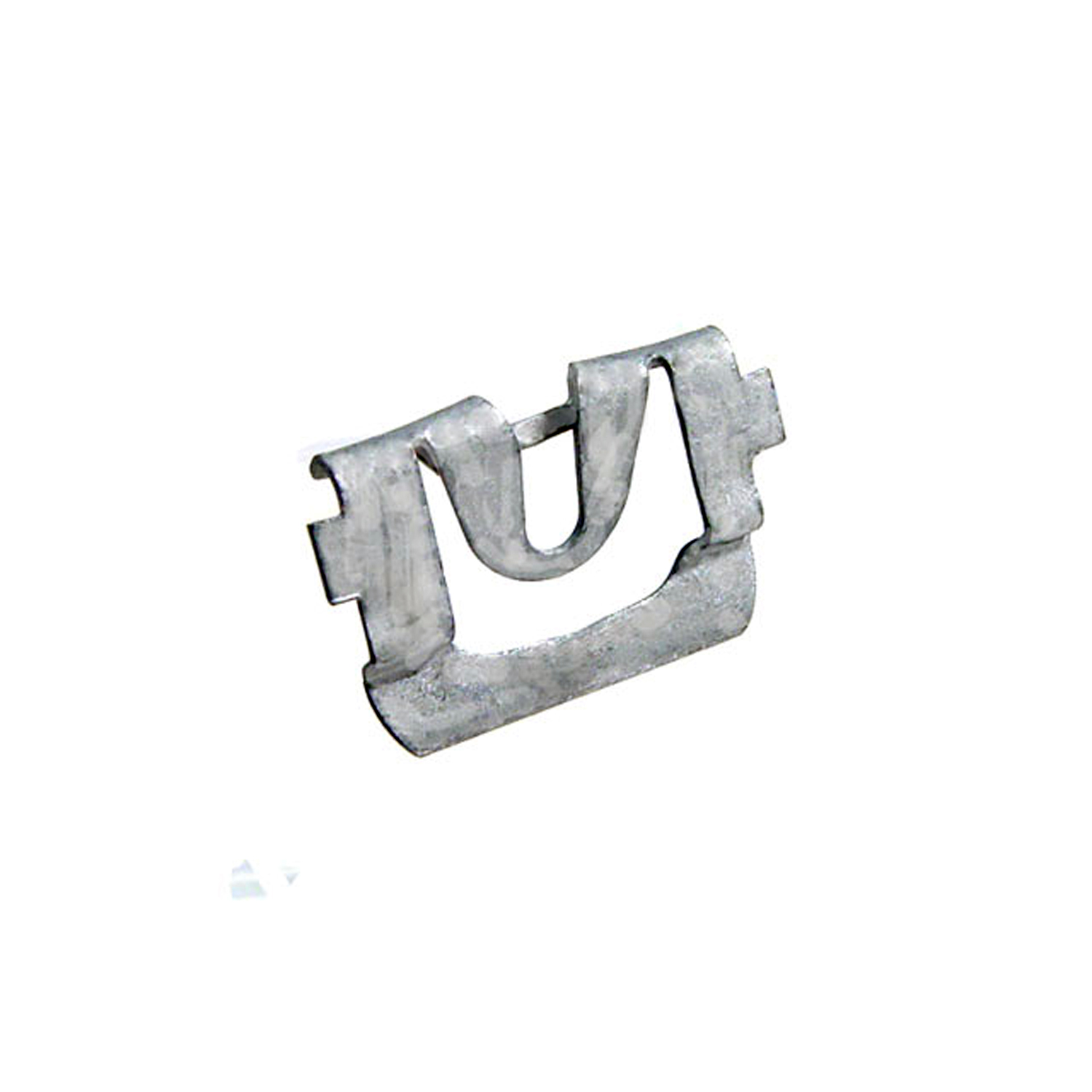 1972 Pontiac Grand Prix Windshield Reveal Molding Clip. Made of steel-WF 223Windshield Reveal Molding Clip. Made of steel. 1/1/8" X 3/4". Each
1972 Pontiac Grand Prix Windshield Reveal Molding Clip. Made of steel-WF 223Windshield Reveal Molding Clip. Made of steel. 1/1/8" X 3/4". Each 1972 Pontiac Grand Prix Windshield Reveal Molding Clip. Made of steel-WF 224Windshield Reveal Molding Clip. Made of steel. 1-1/4" X 3/4". Fits many models. Each
1972 Pontiac Grand Prix Windshield Reveal Molding Clip. Made of steel-WF 224Windshield Reveal Molding Clip. Made of steel. 1-1/4" X 3/4". Fits many models. Each 1972 Pontiac Grand Prix Rear Axle Housing Bumper. Each-XB 33Rear Axle Housing Bumper. Each
1972 Pontiac Grand Prix Rear Axle Housing Bumper. Each-XB 33Rear Axle Housing Bumper. EachWhy Choose Metro?
For over 100 years, Metro Moulded Parts has been the pinnacle of quality in classic car restoration parts. Our commitment to precision and authenticity in every component ensures a perfect fit and an OEM-level appearance.
- Expert Craftsmanship & Quality: Each part is a testament to our dedication to reliability and perfection, crafted from original designs and thoroughly tested.
- Advanced Technology: We use cutting-edge techniques to create flawless, long-lasting parts that surpass others in performance.
- SuperSoft Sponge – The Ultimate Door Seal: Not only are our door seals 30% softer than competitors', but they're also guaranteed to never leak. They effectively reduce wind and road noise, enhancing your classic car's comfort and driving experience.
- Proudly American: Our parts are a product of American craftsmanship, made in the USA with a spirit of excellence and heritage.
- Unrivaled Warranty: We back our products with a 30-year industry-leading warranty, a testament to our confidence in their quality.
Join us in preserving the legacy of classic cars with parts that are crafted for perfection, not just made.

